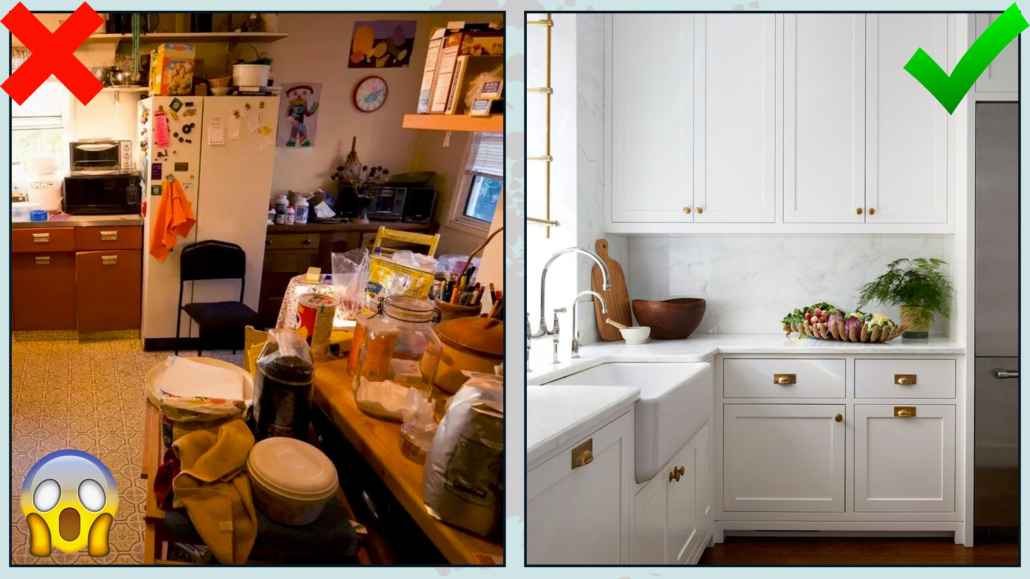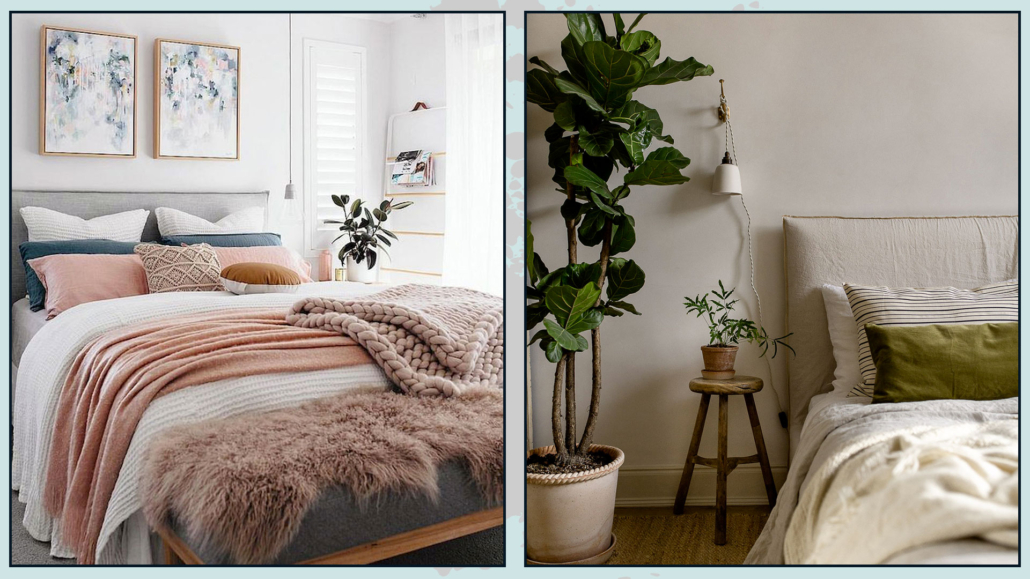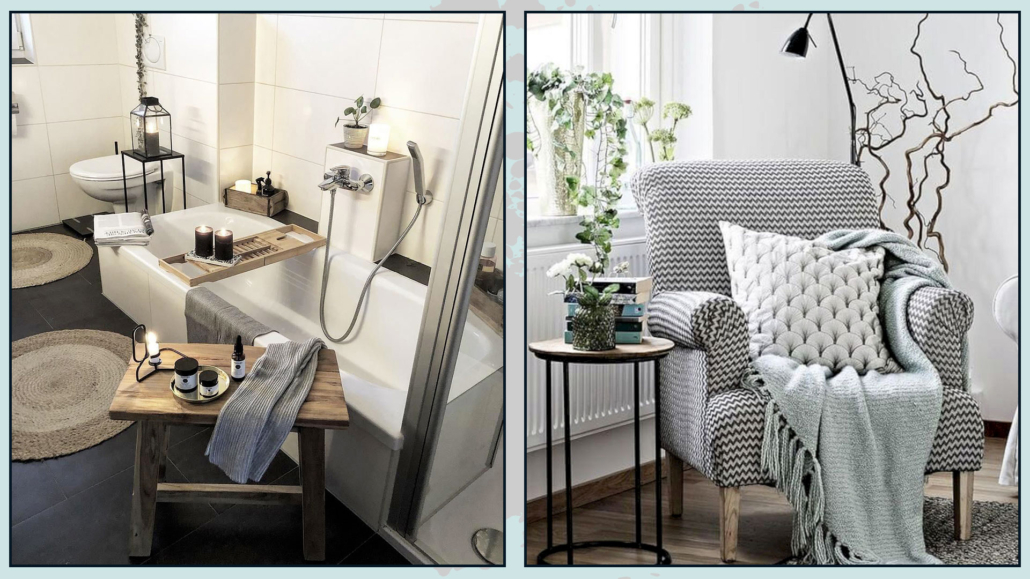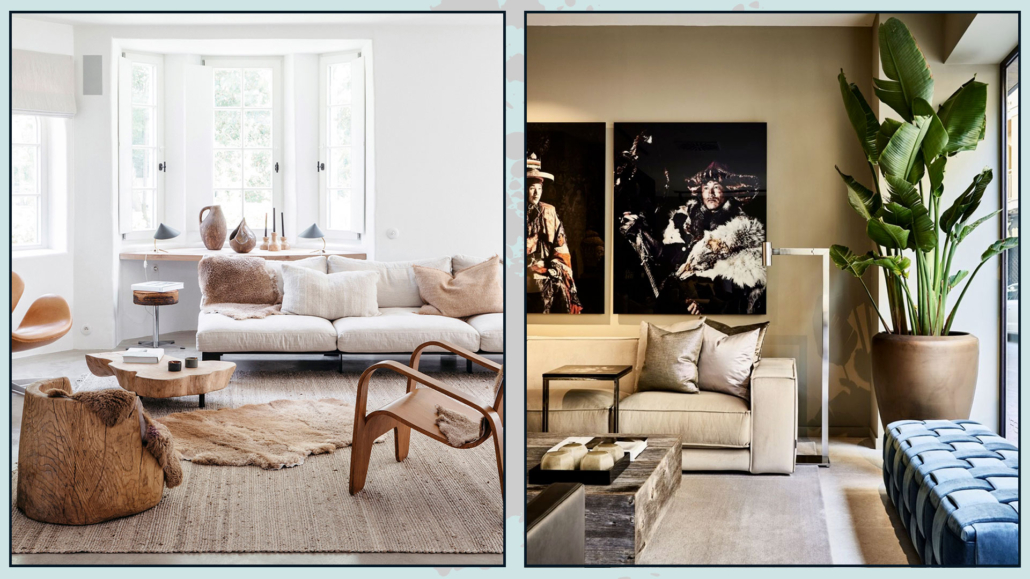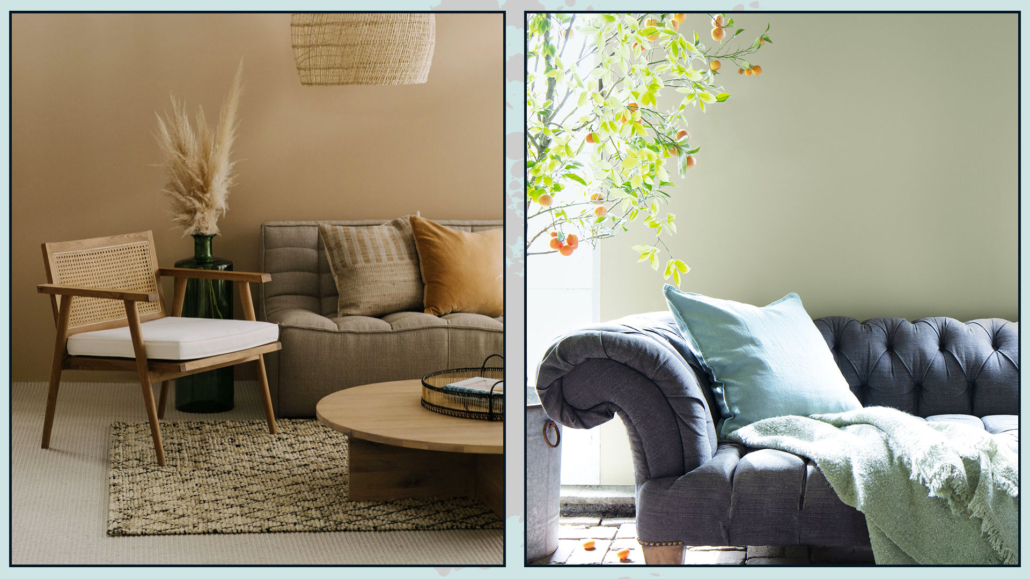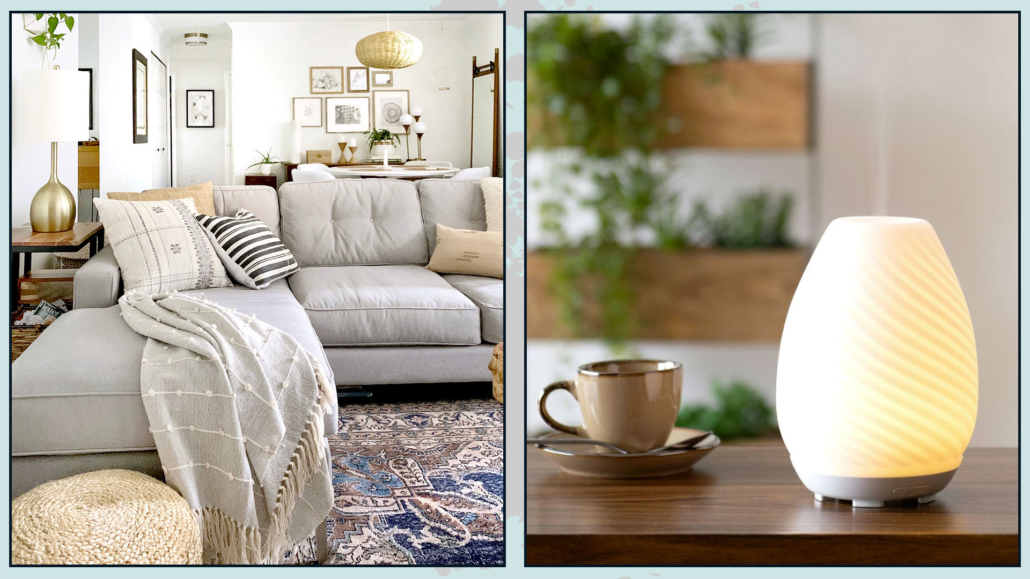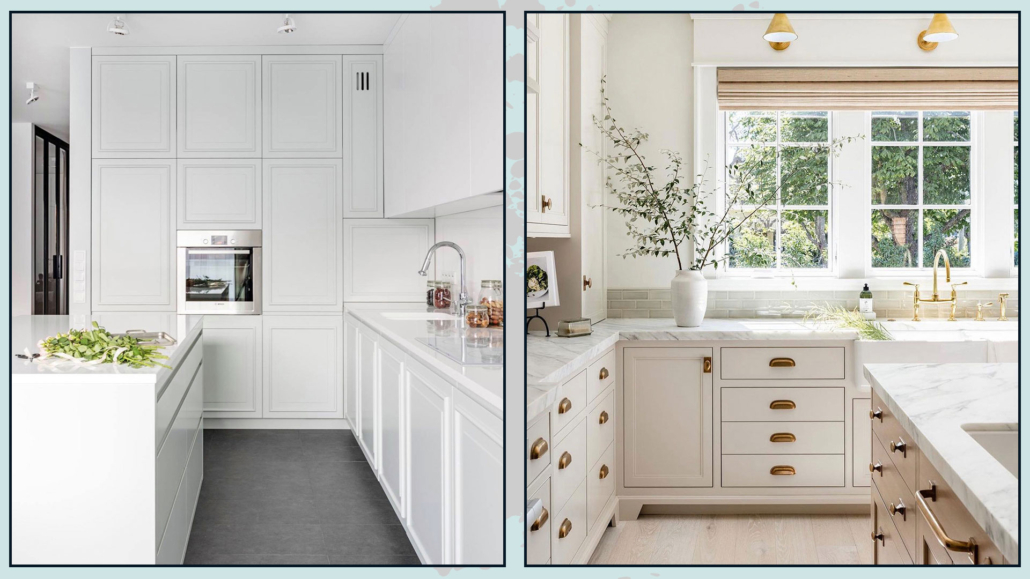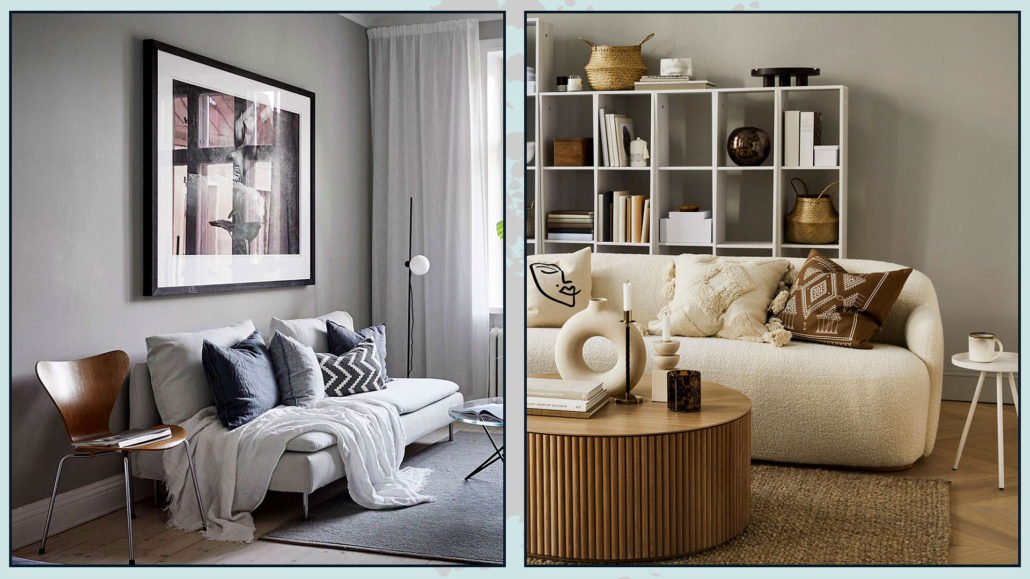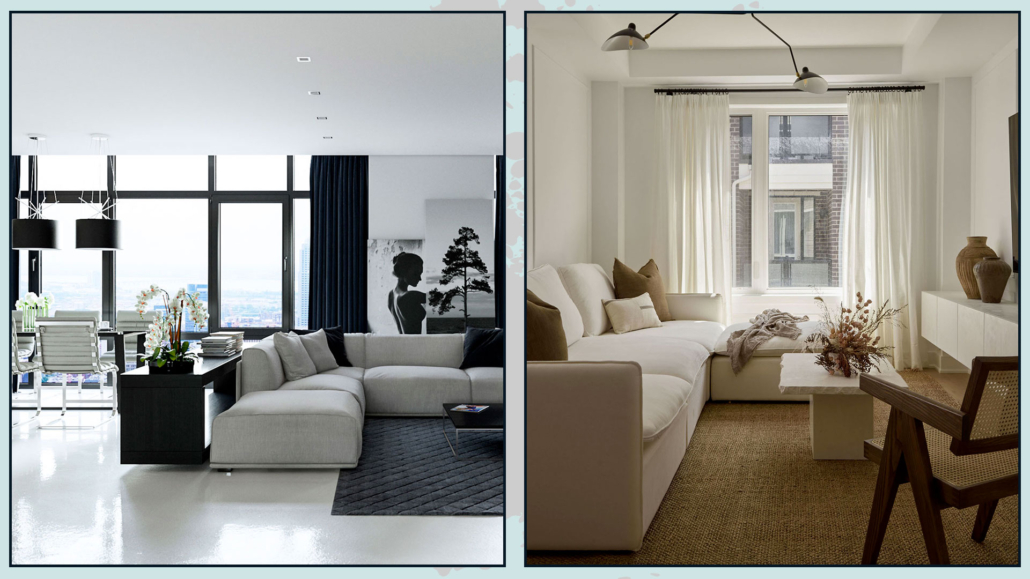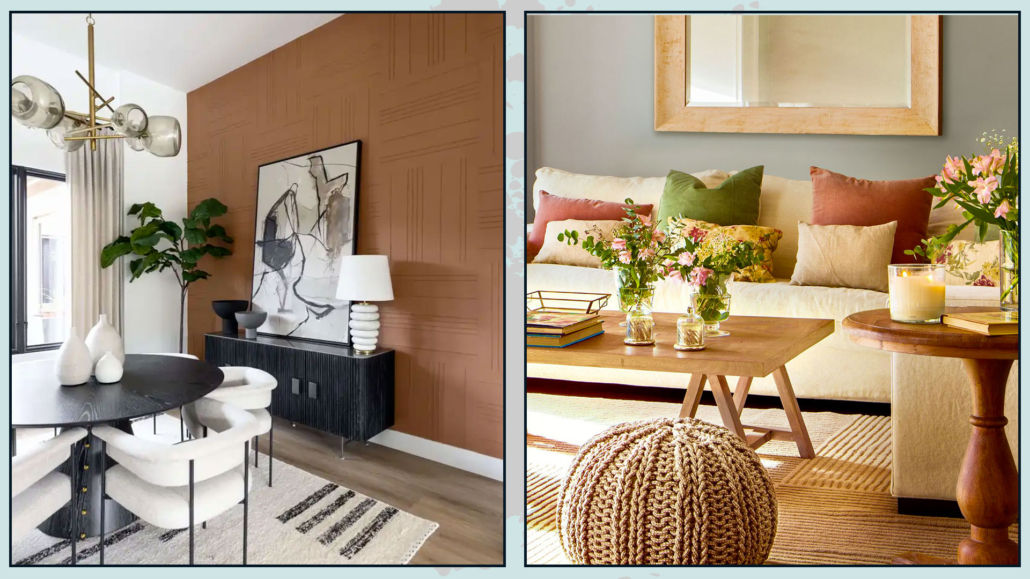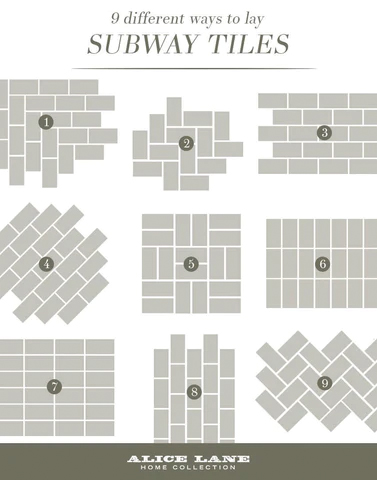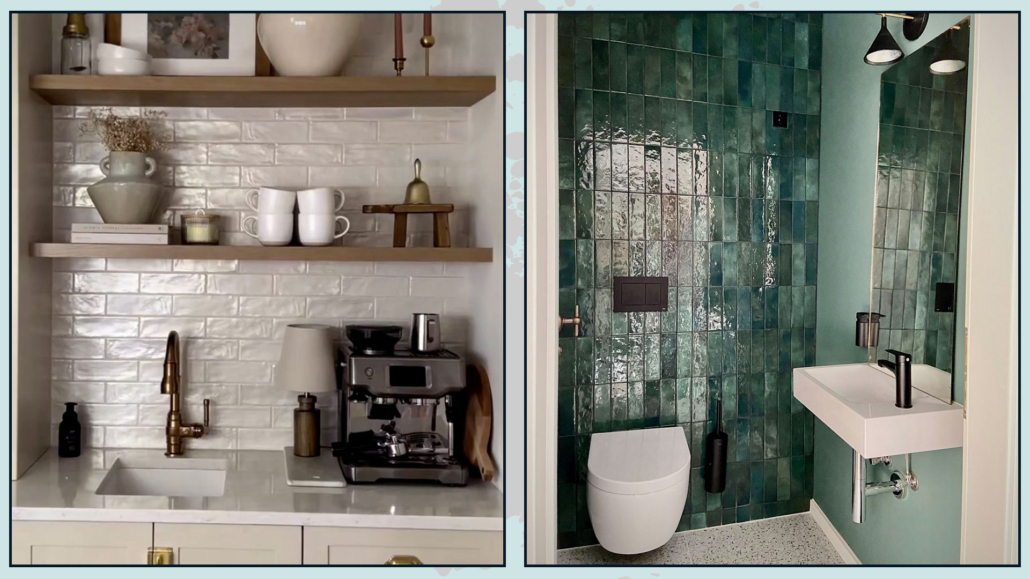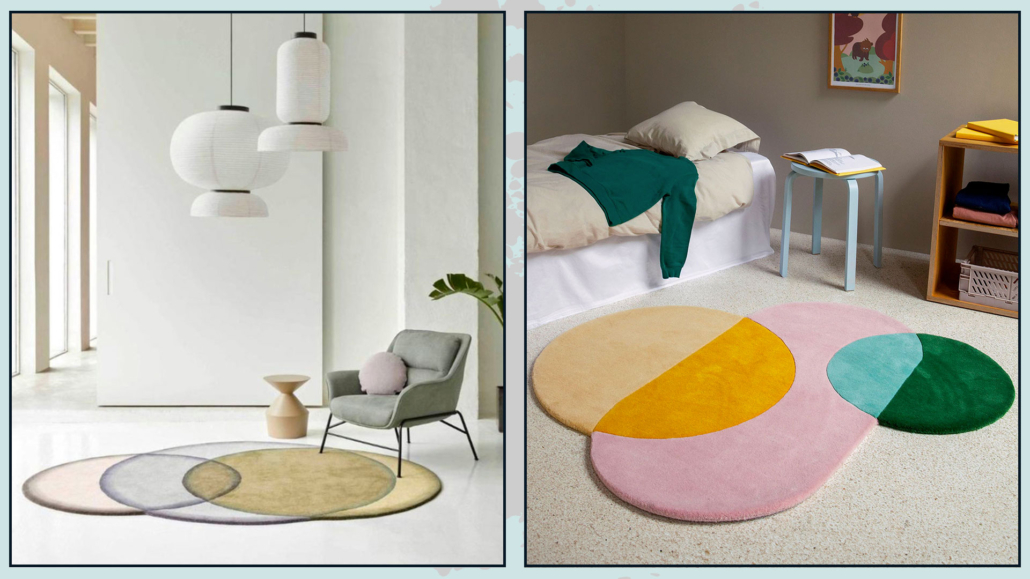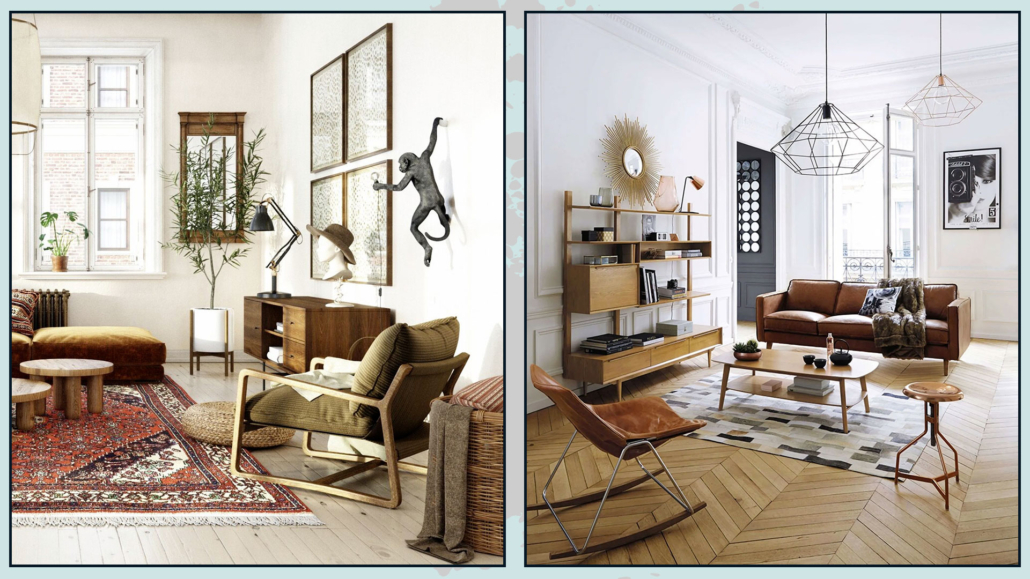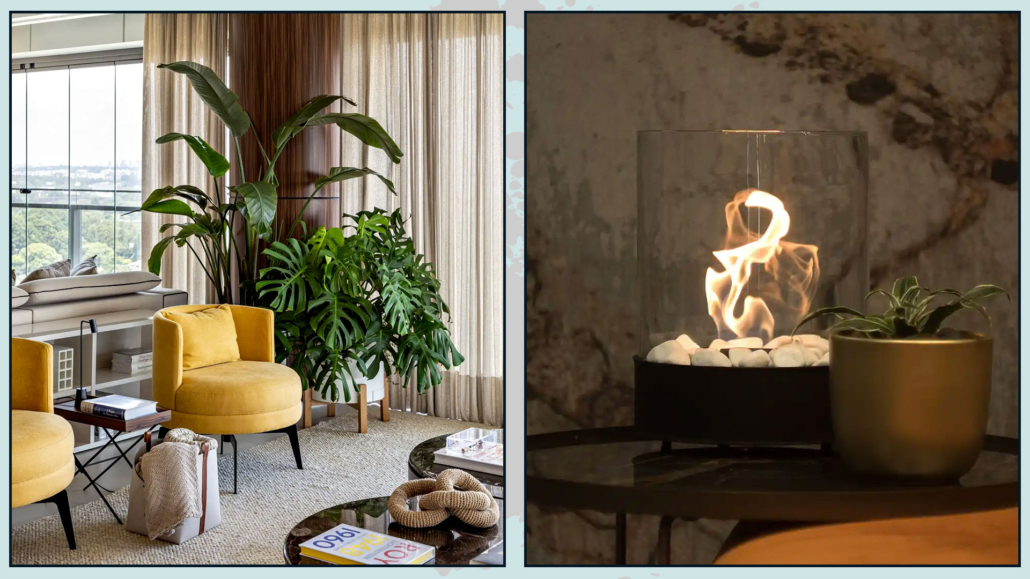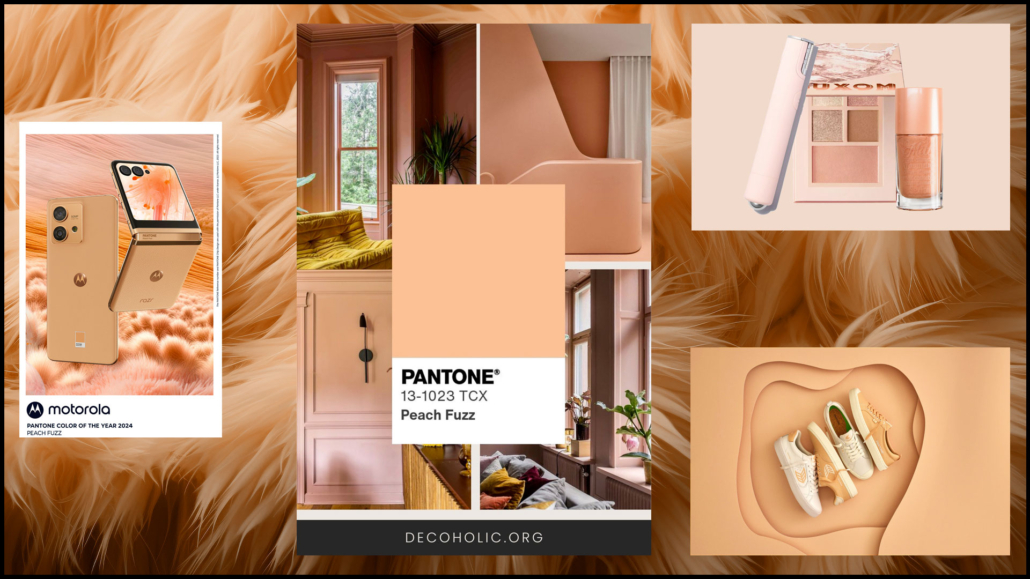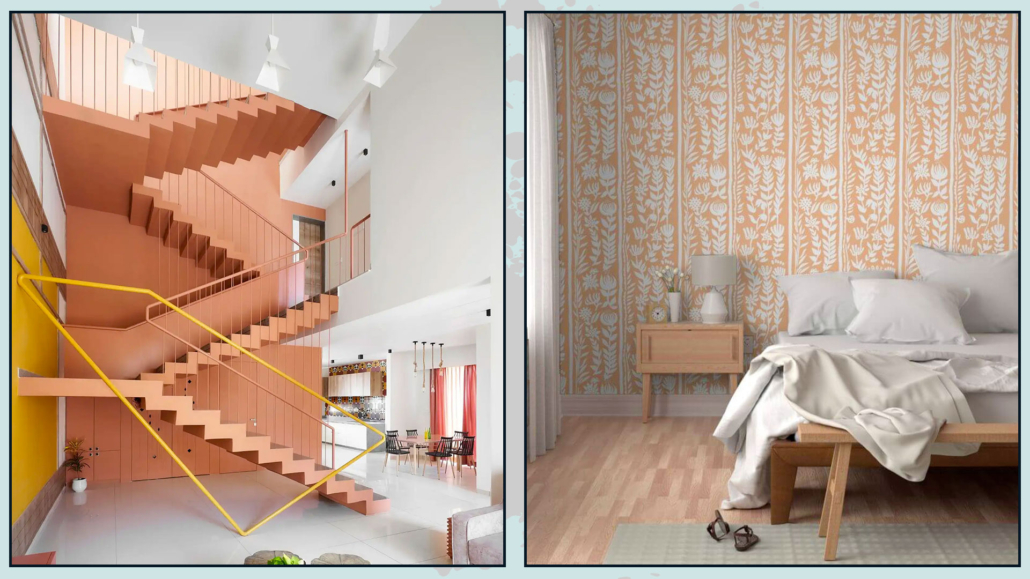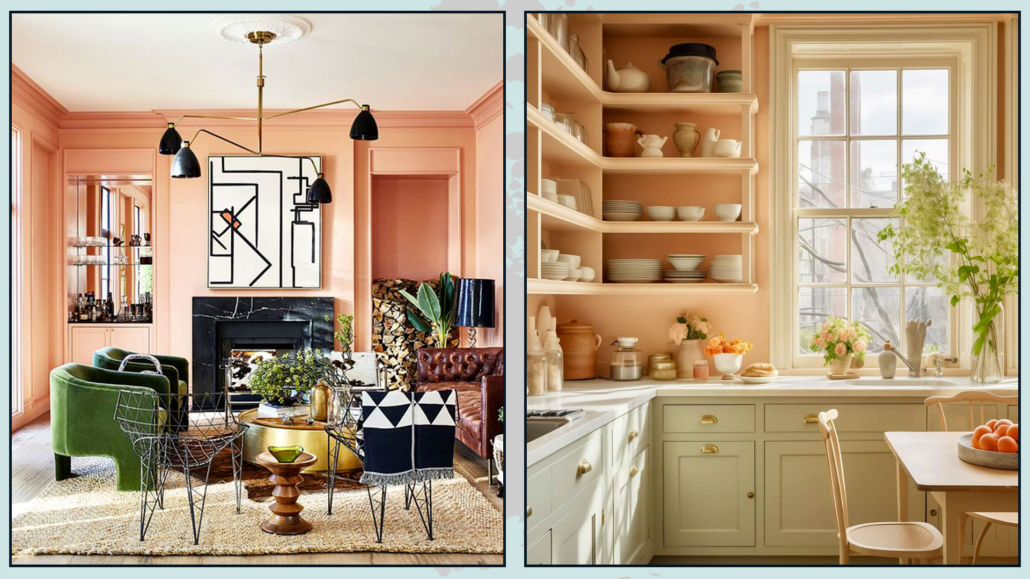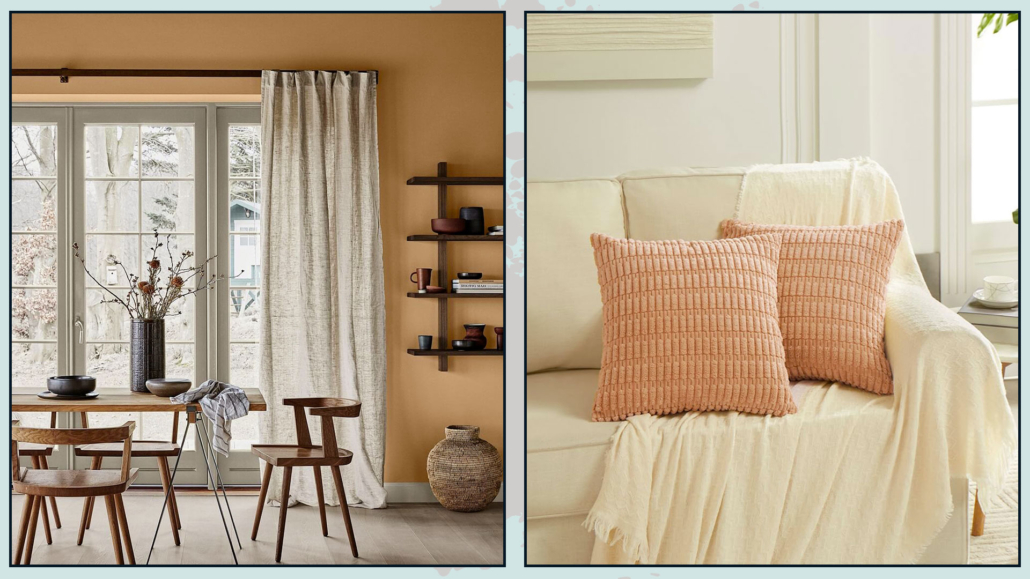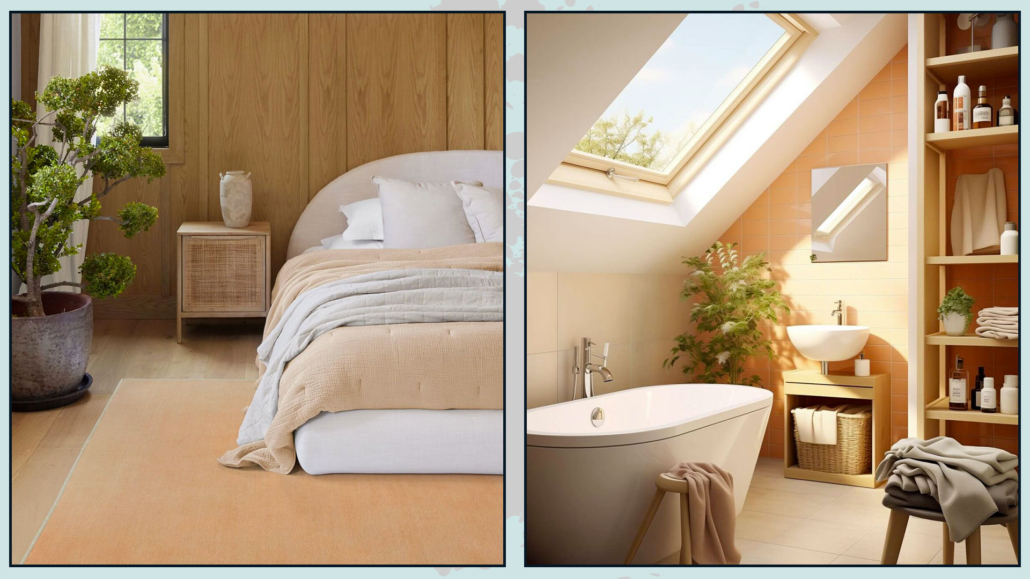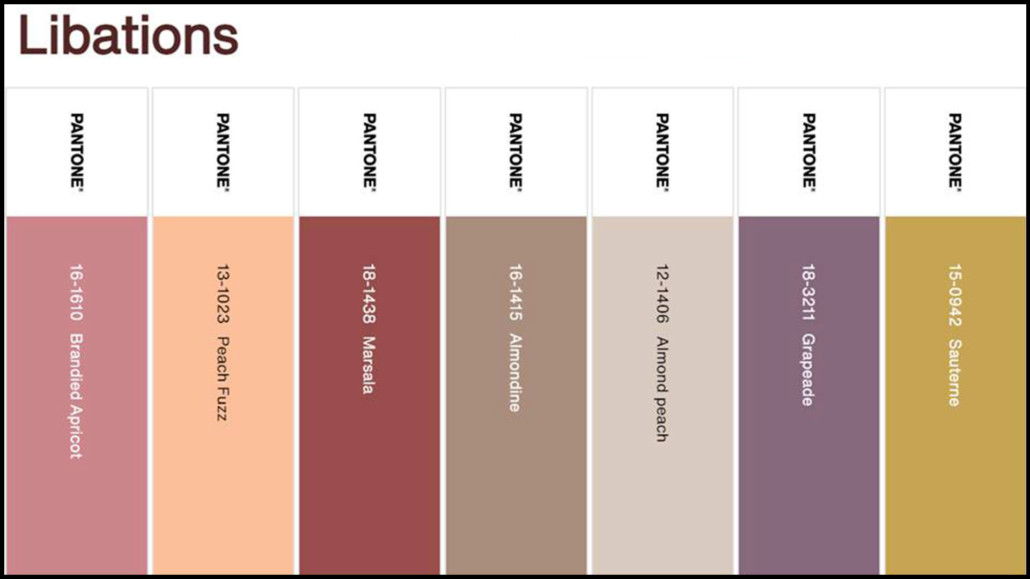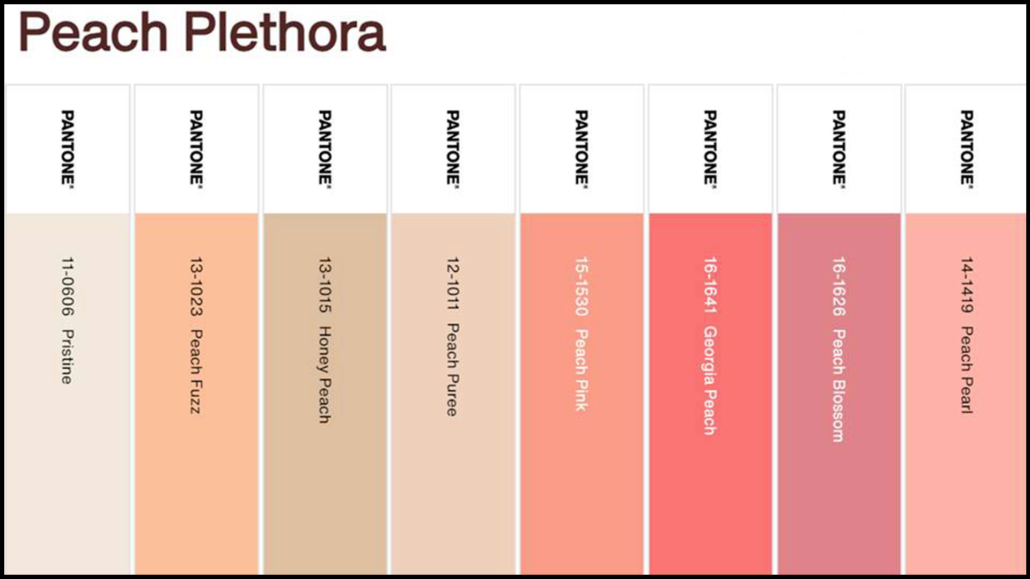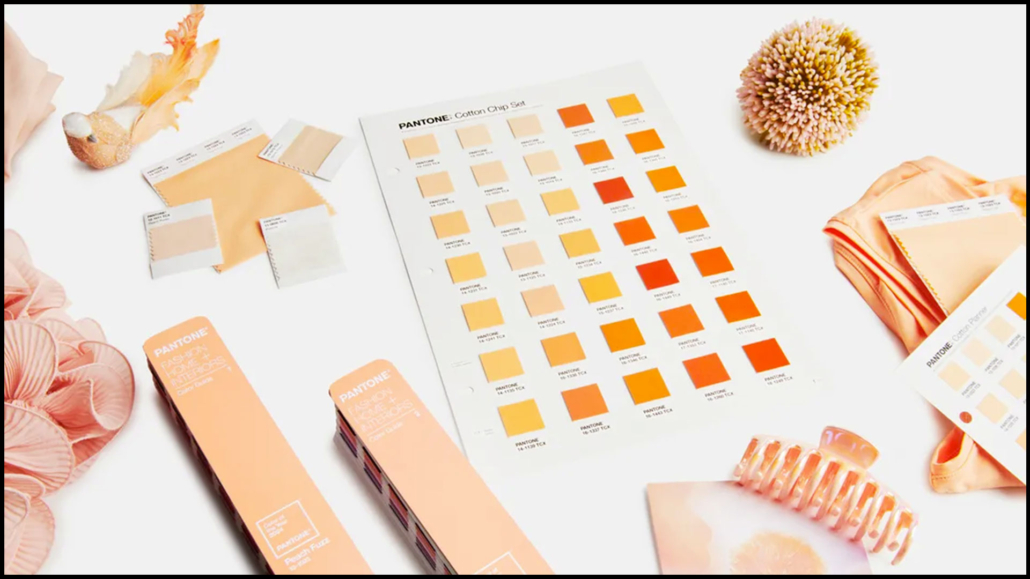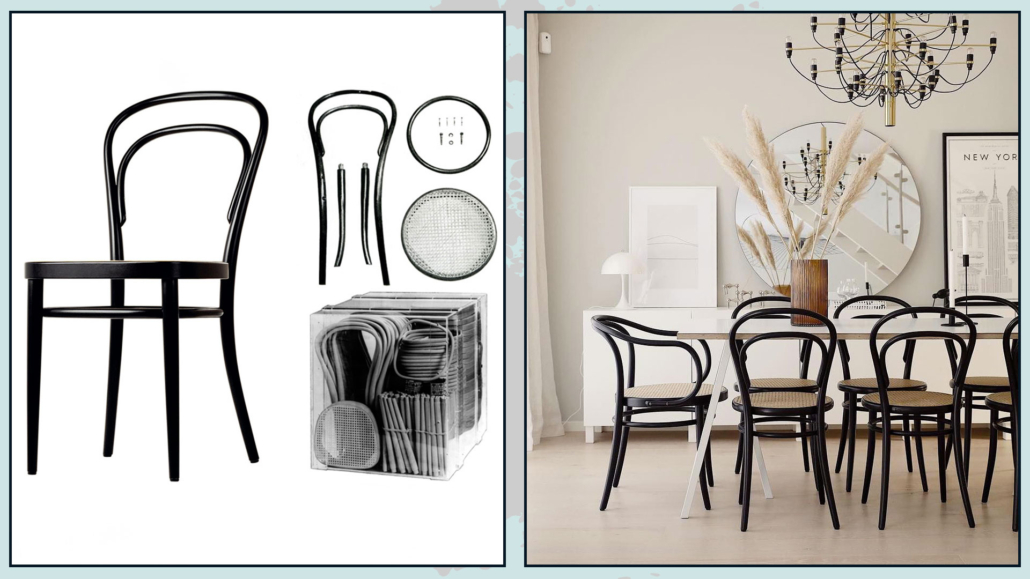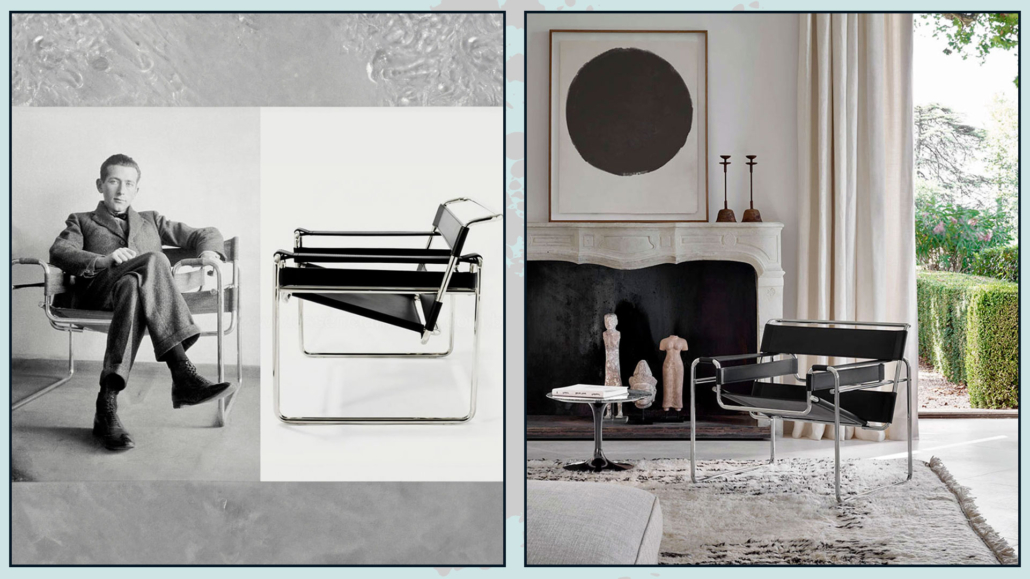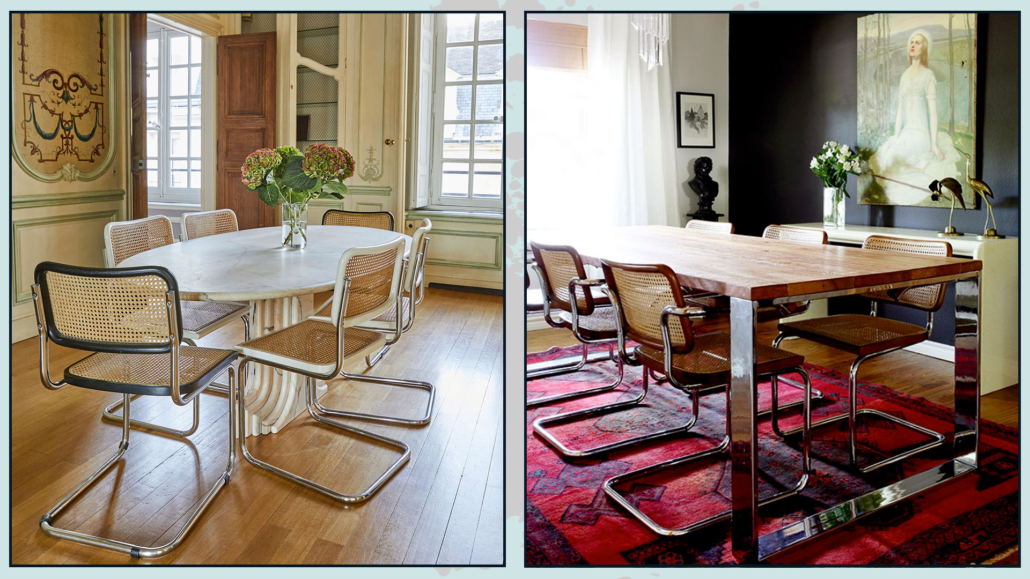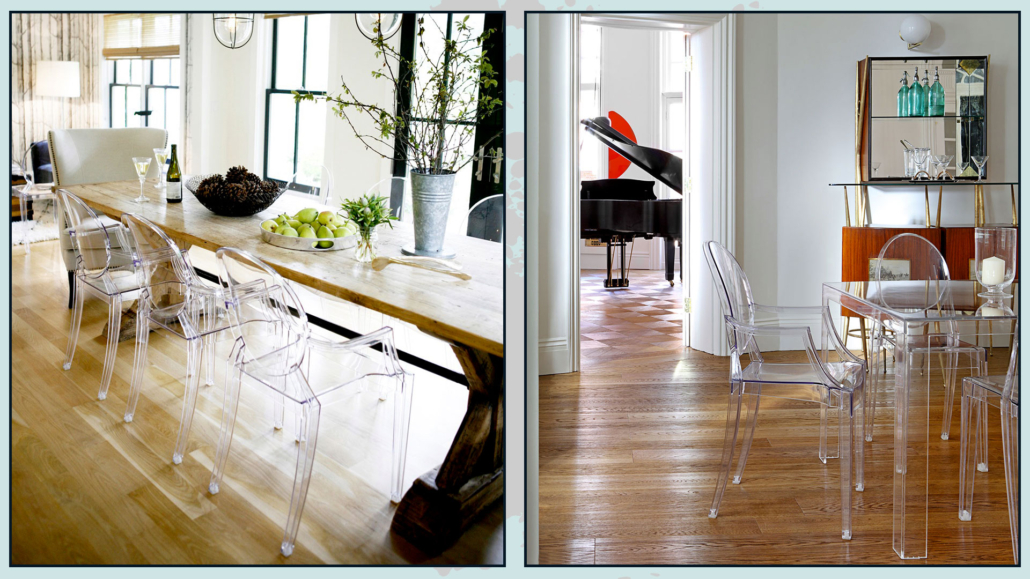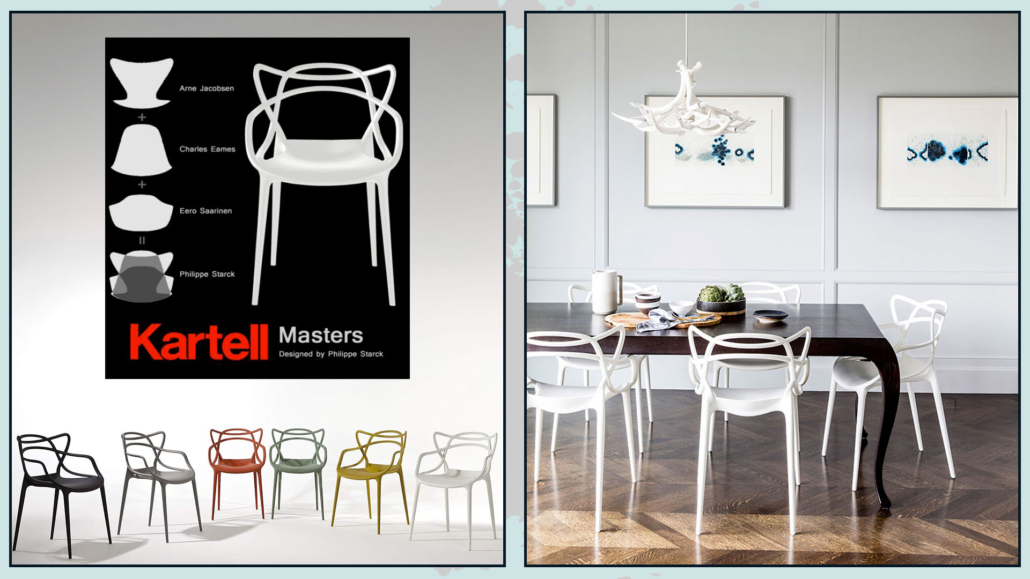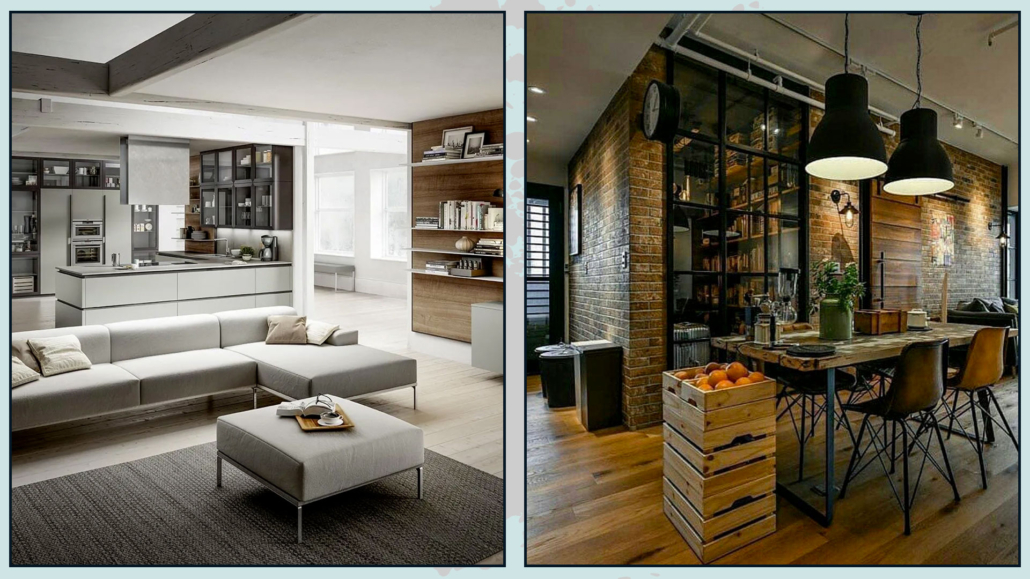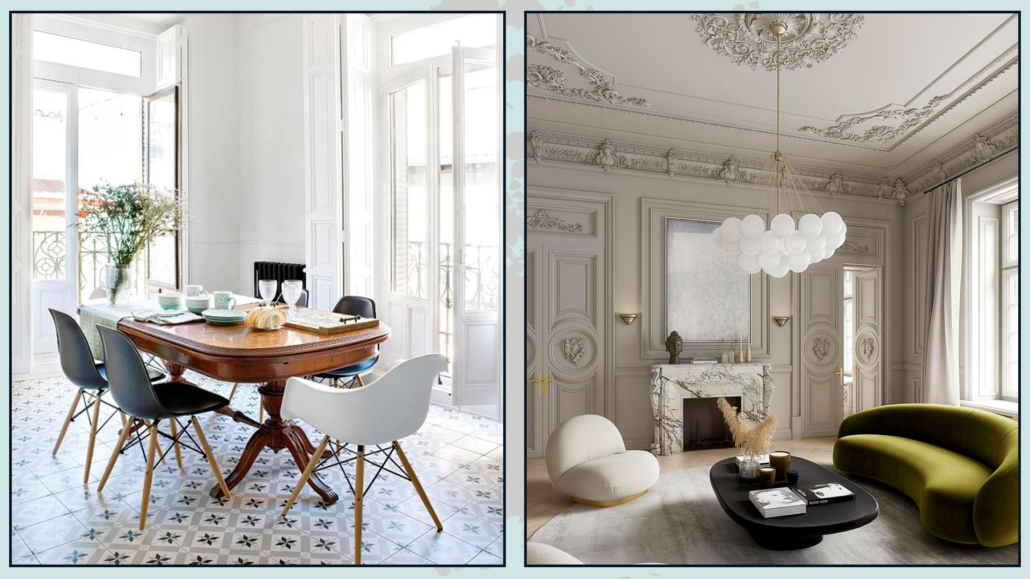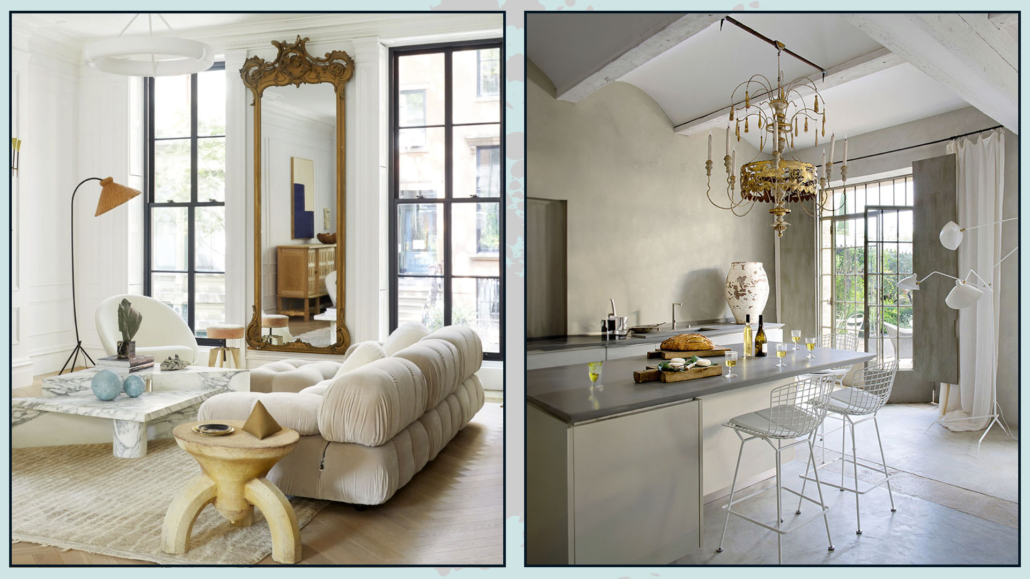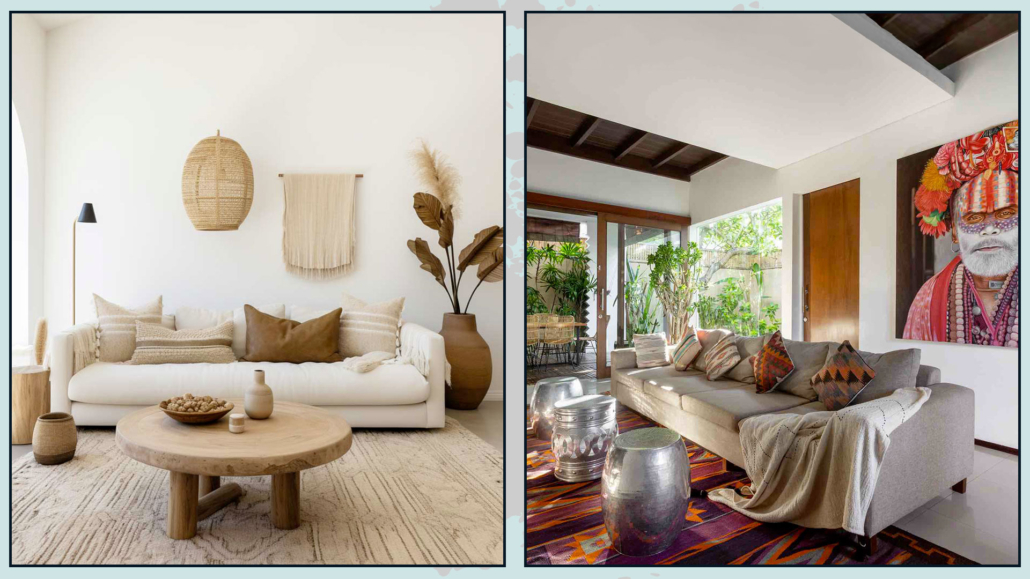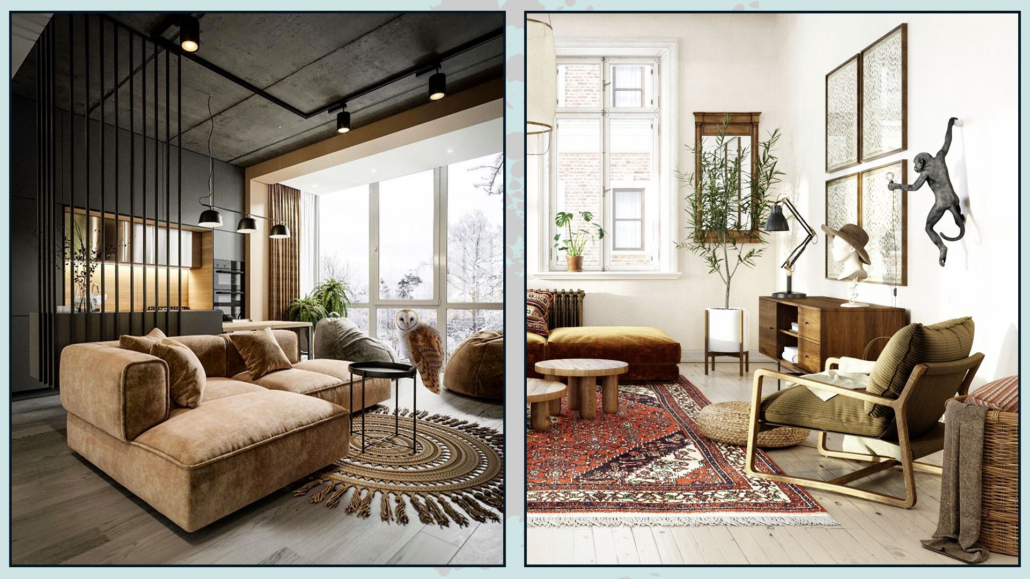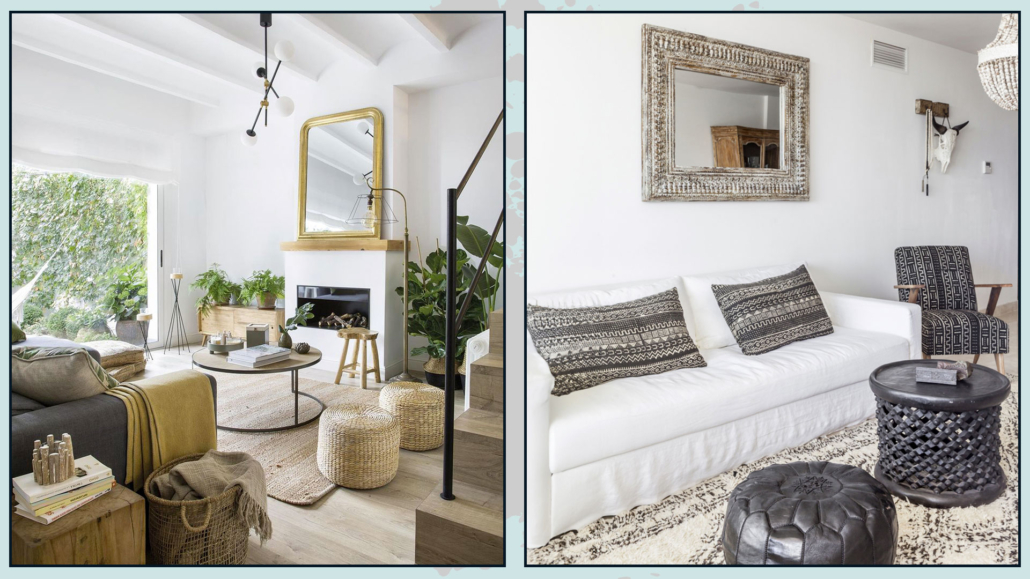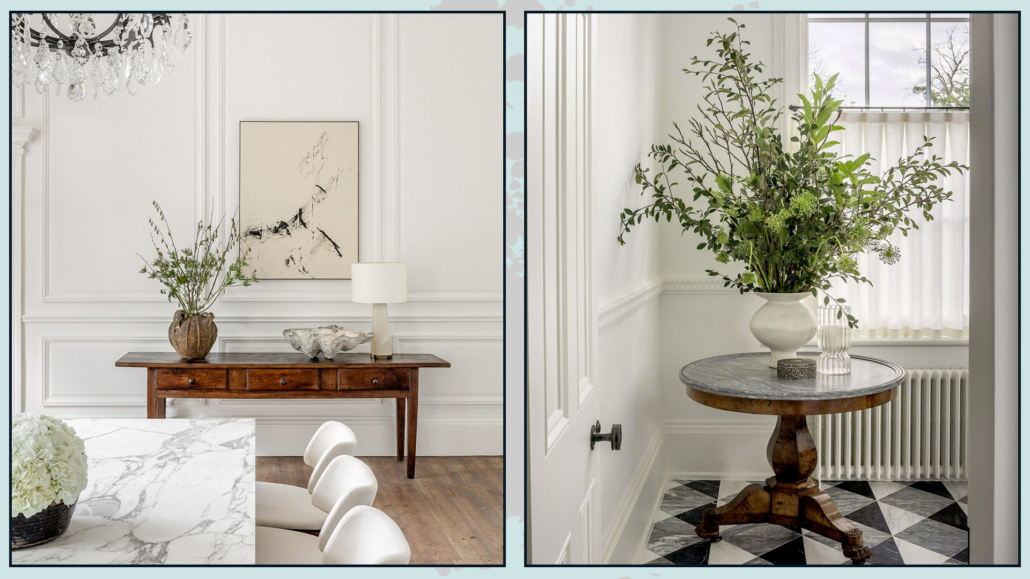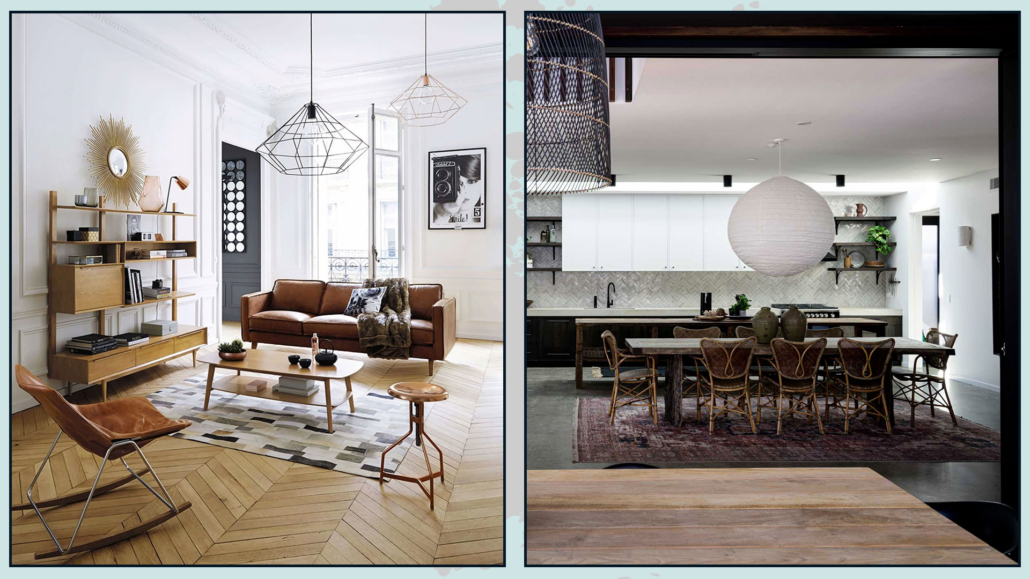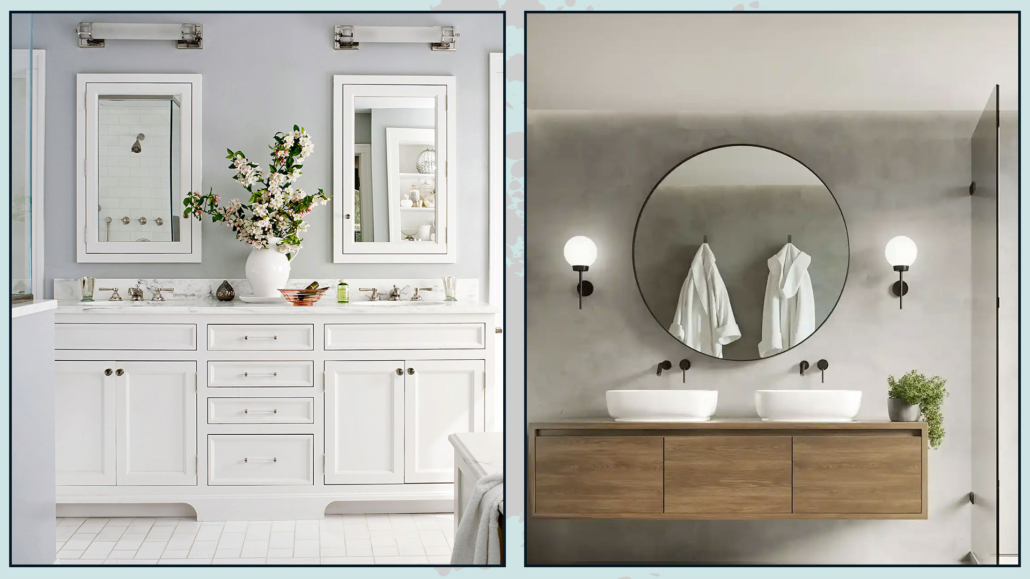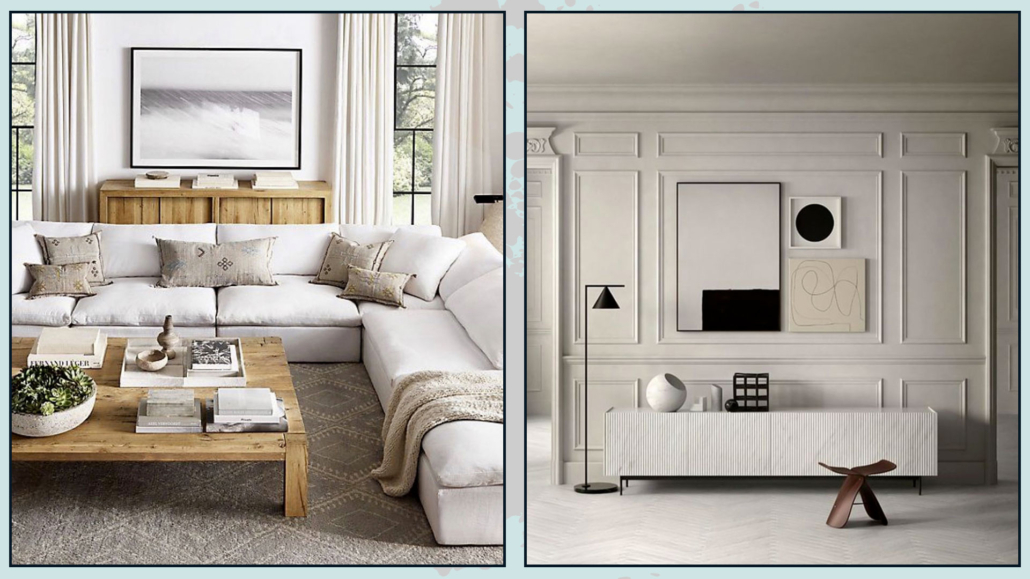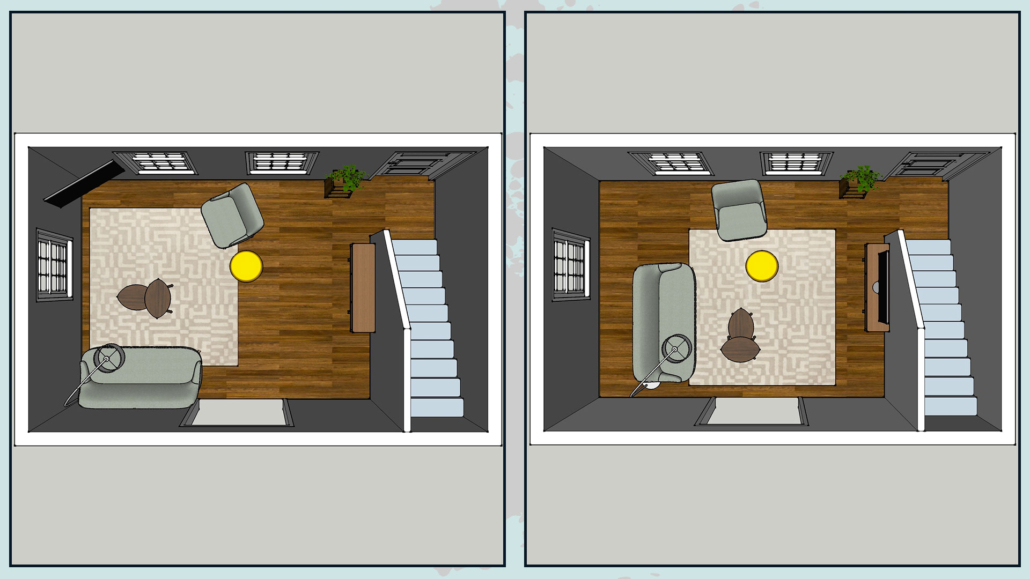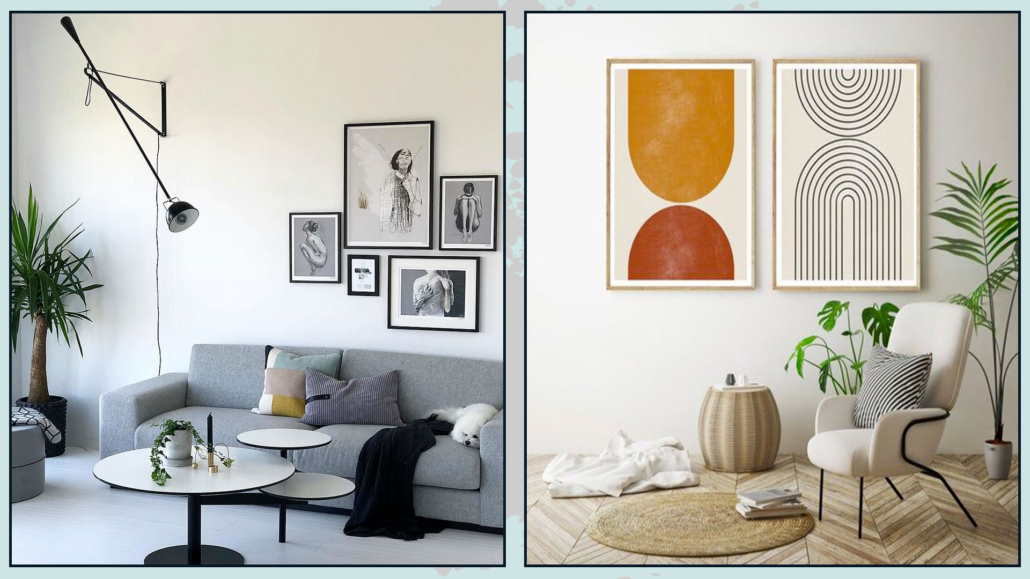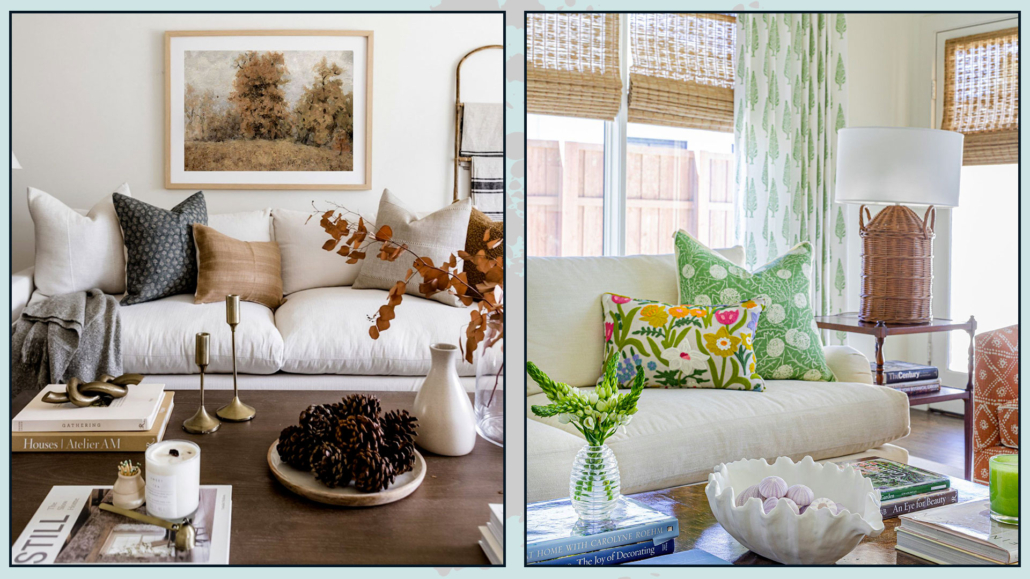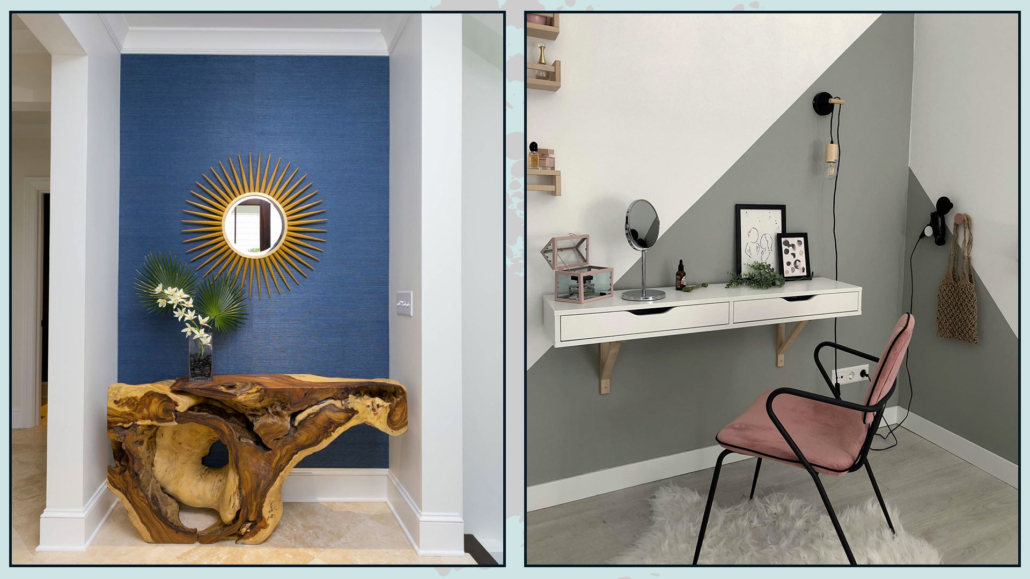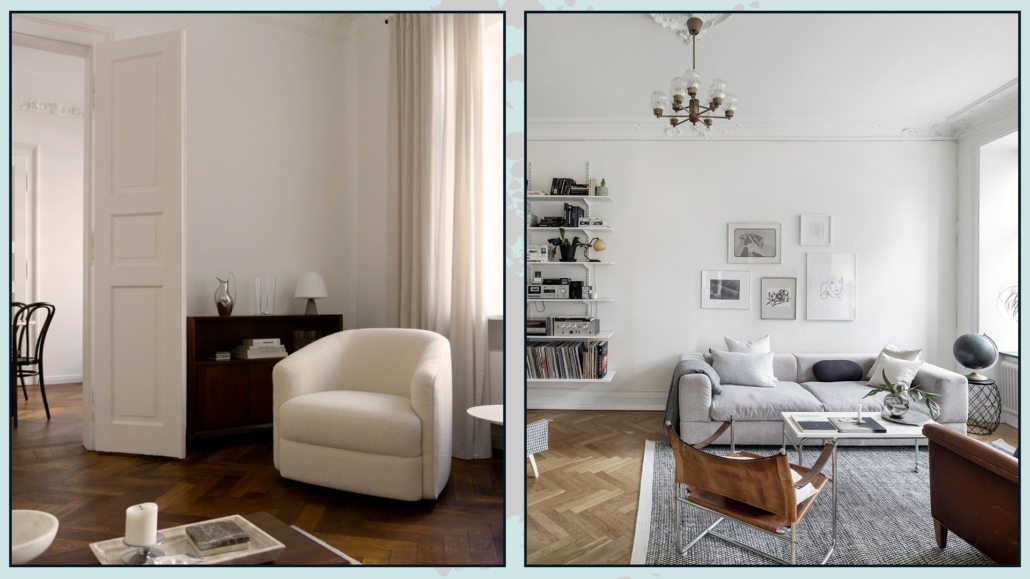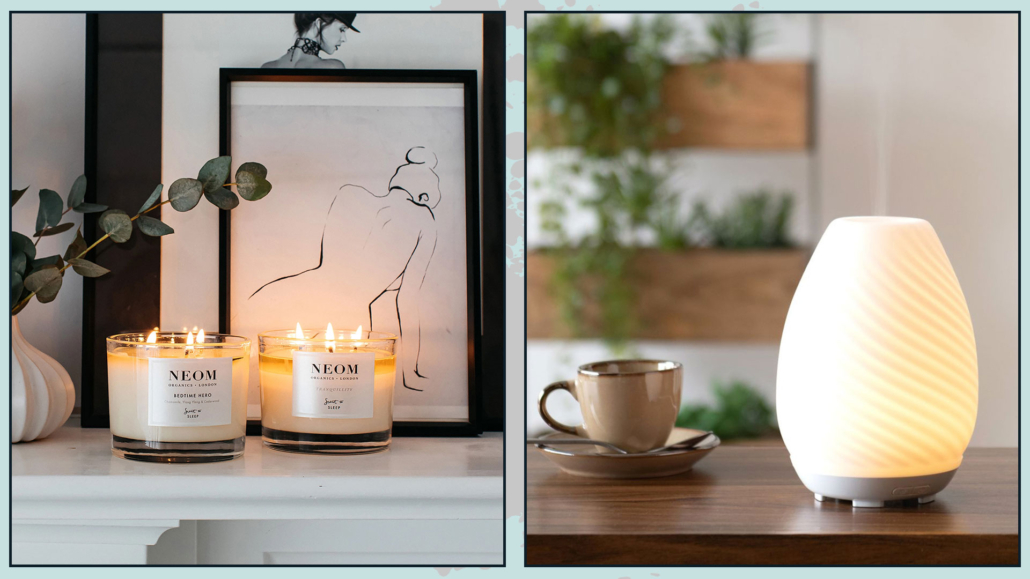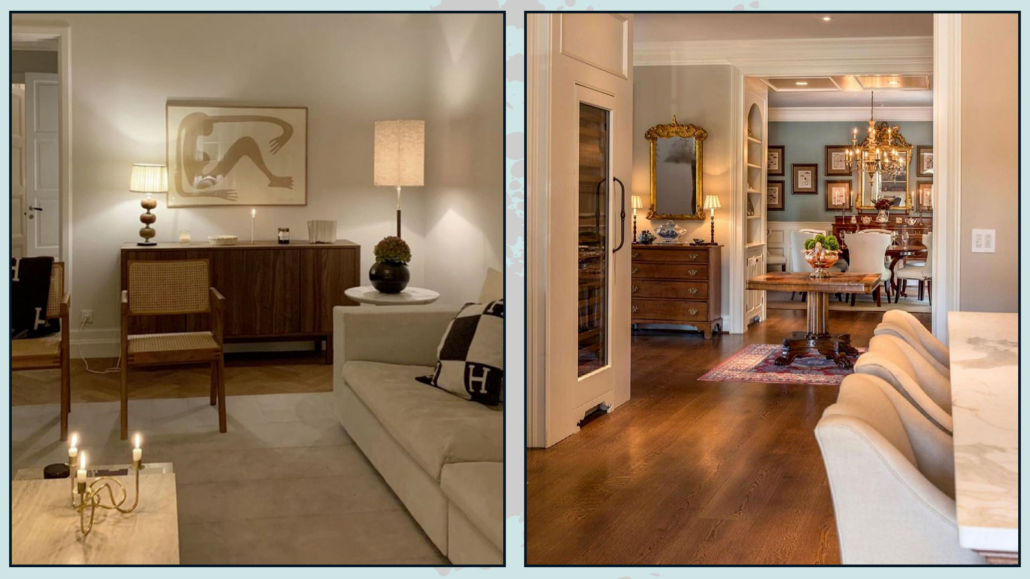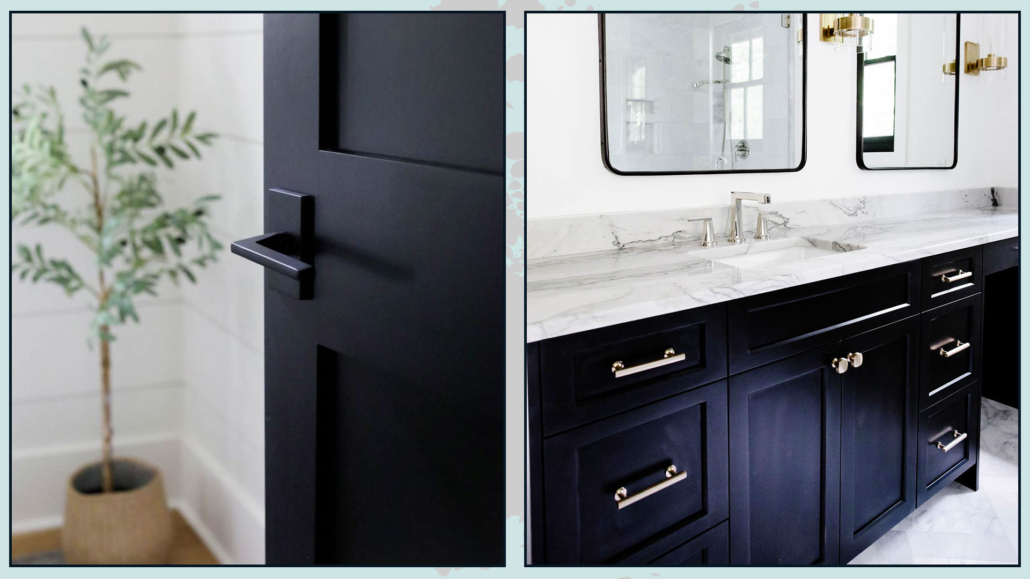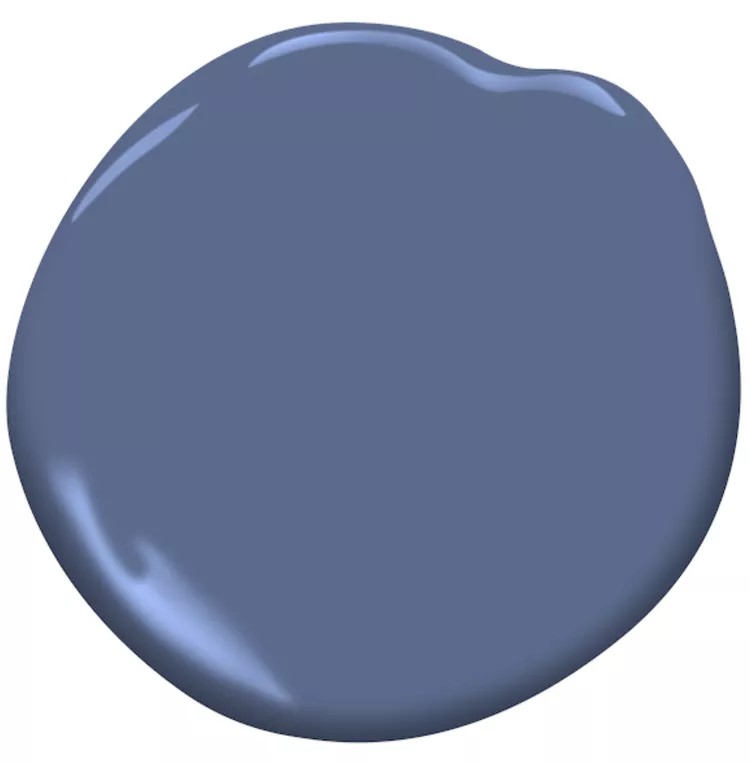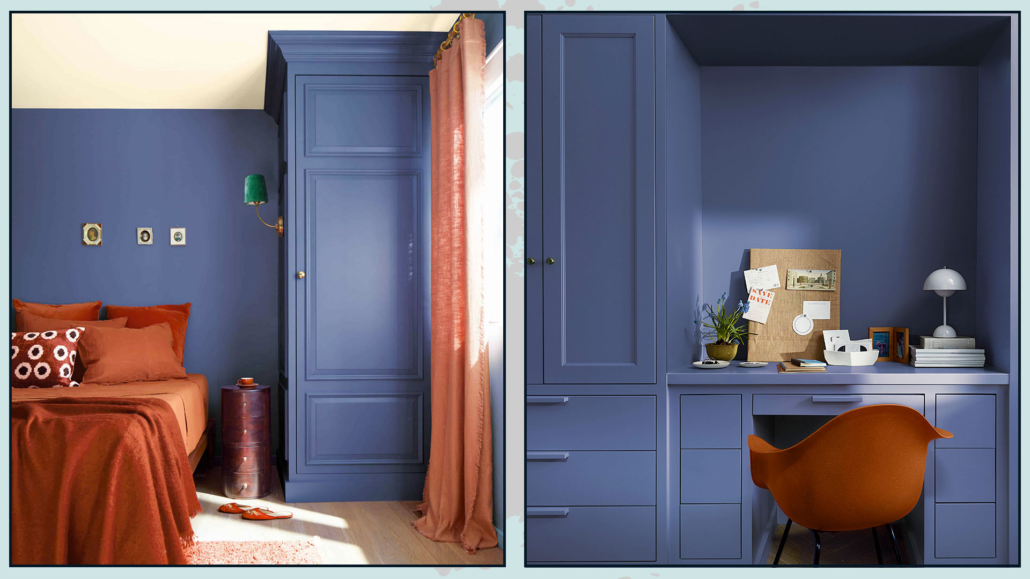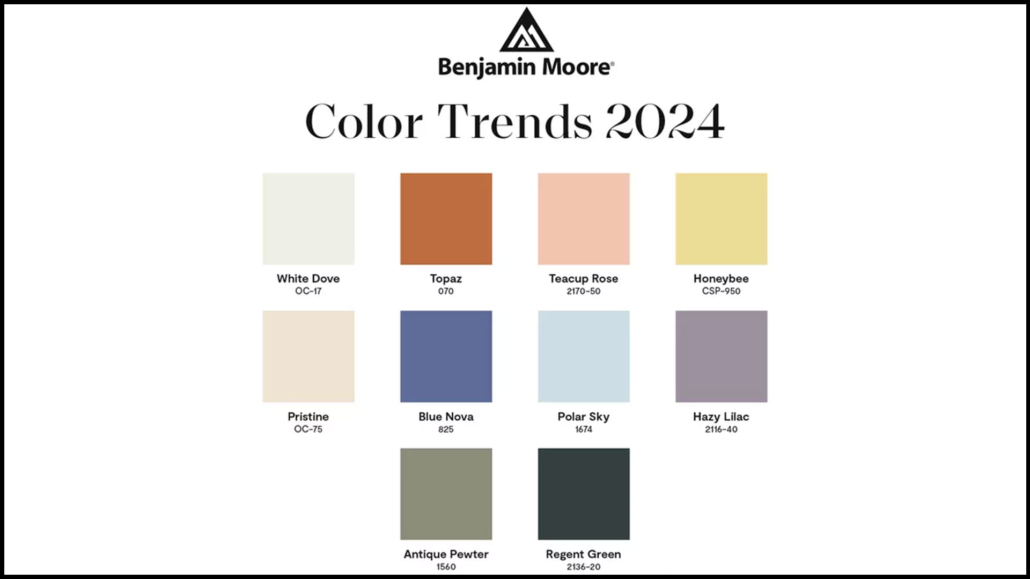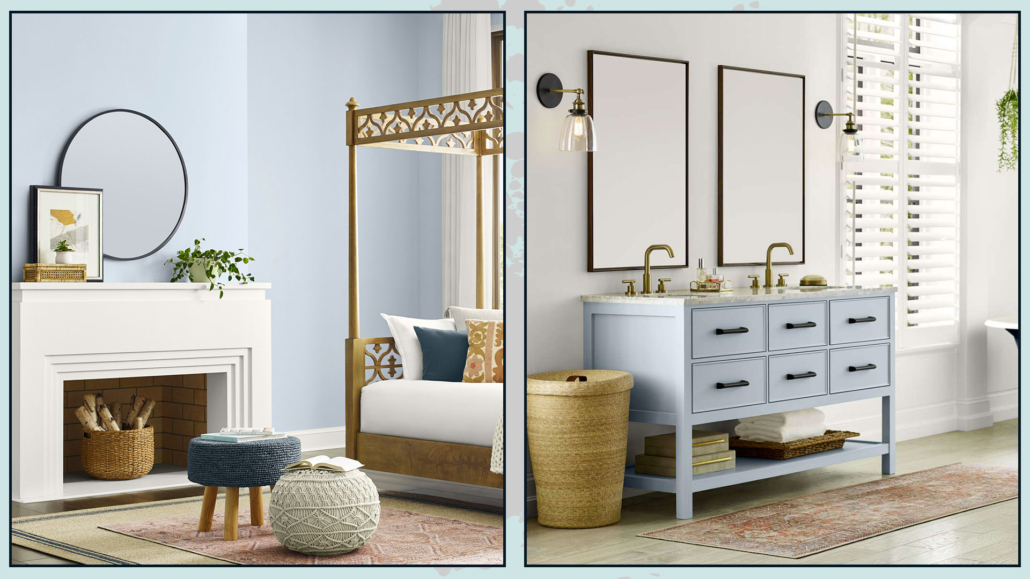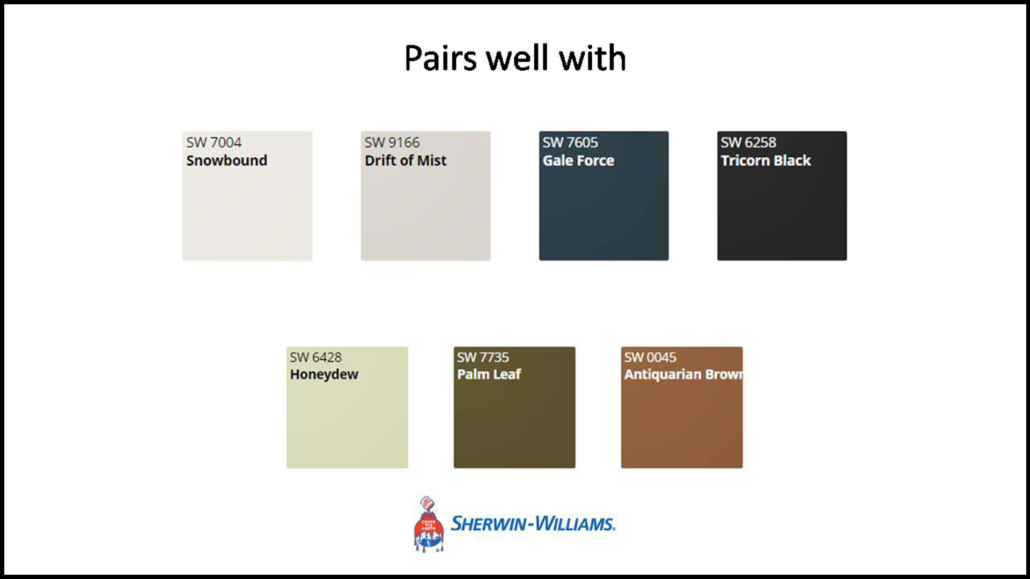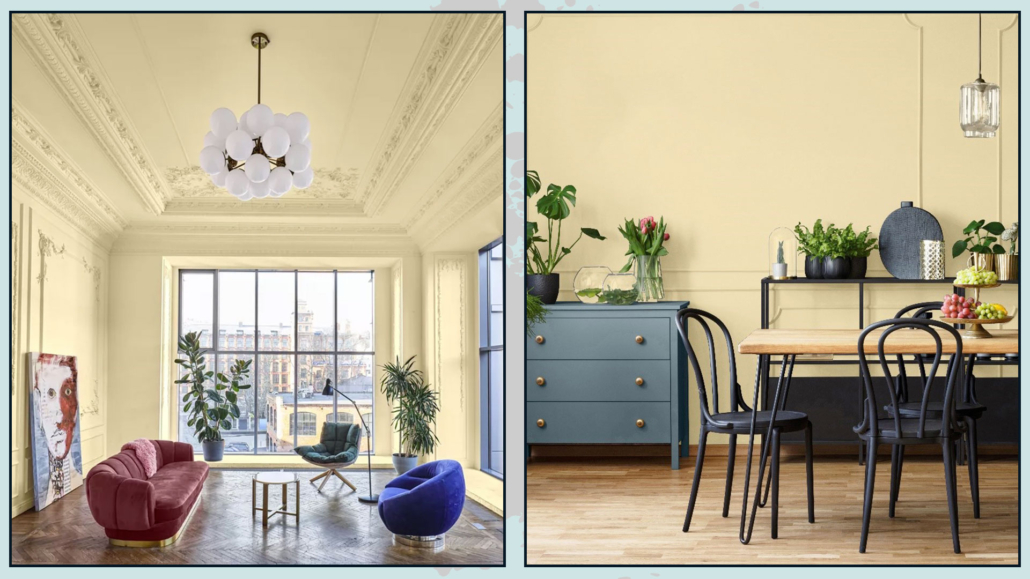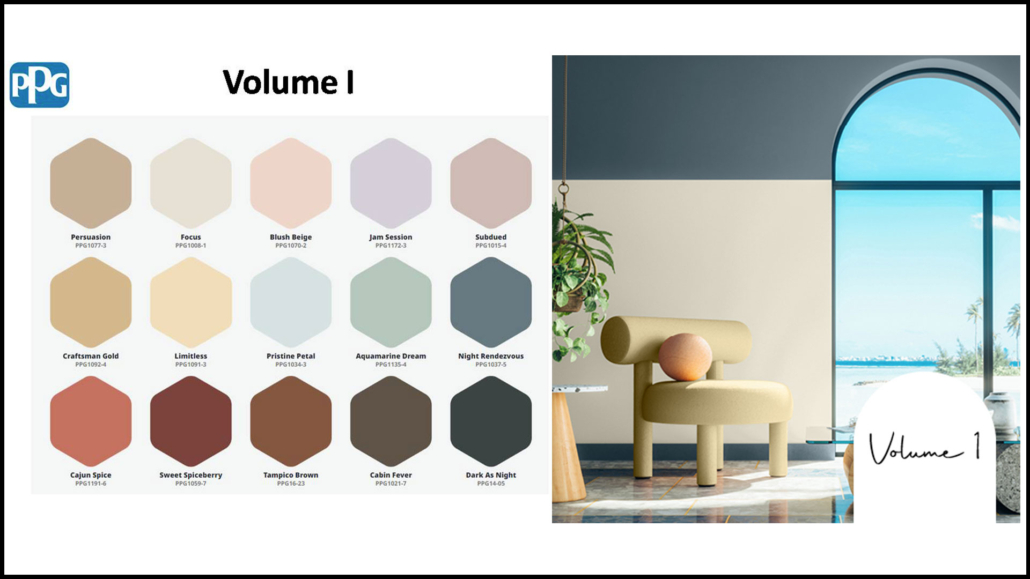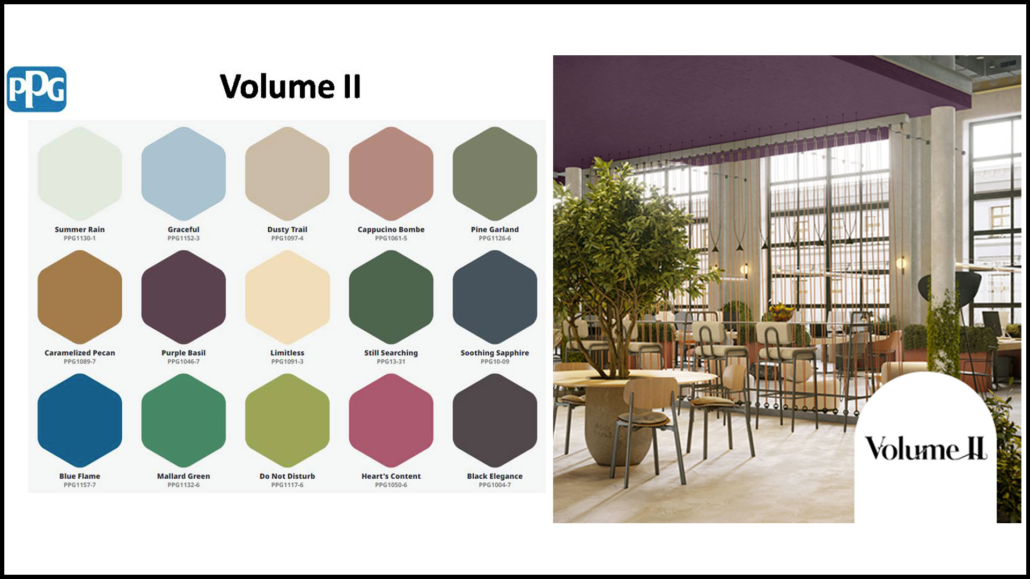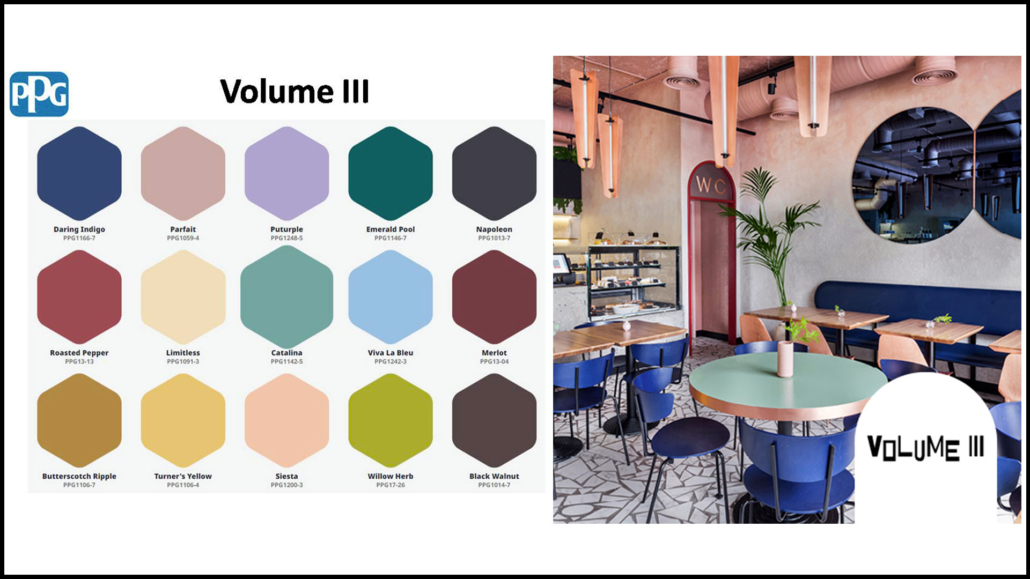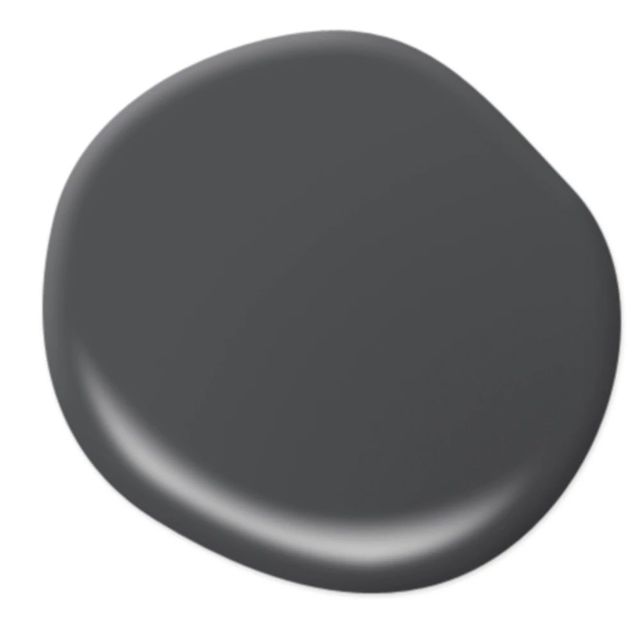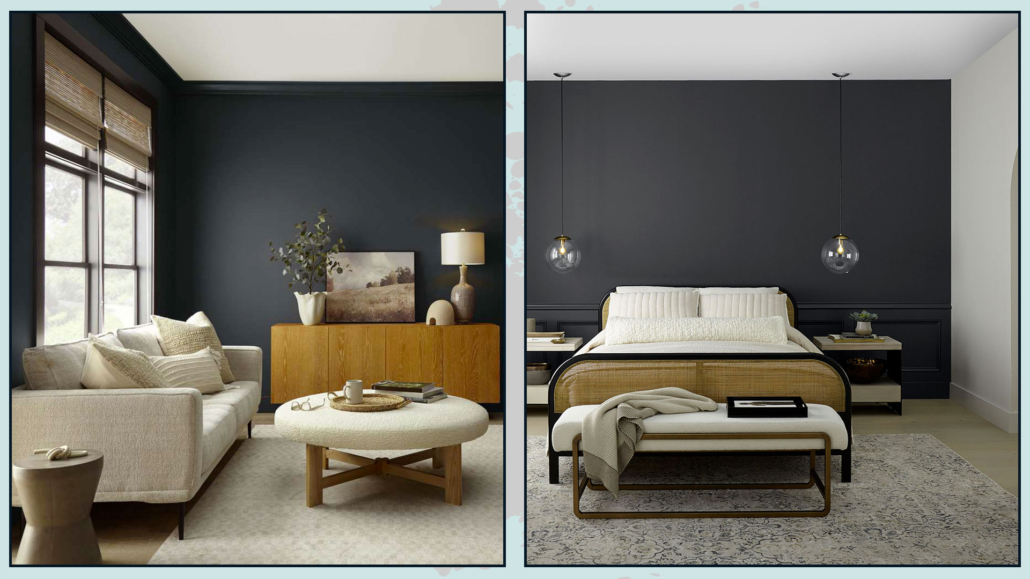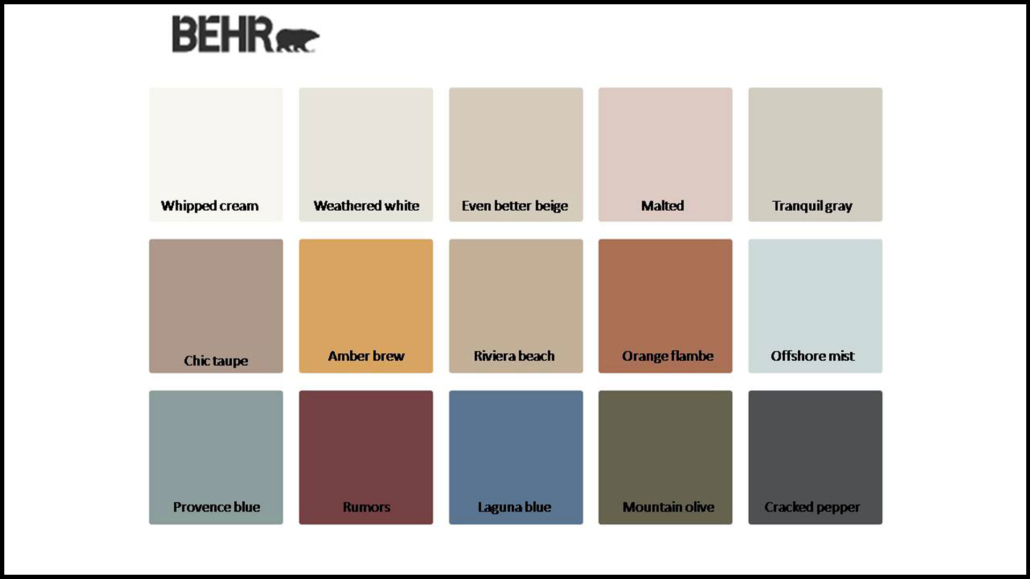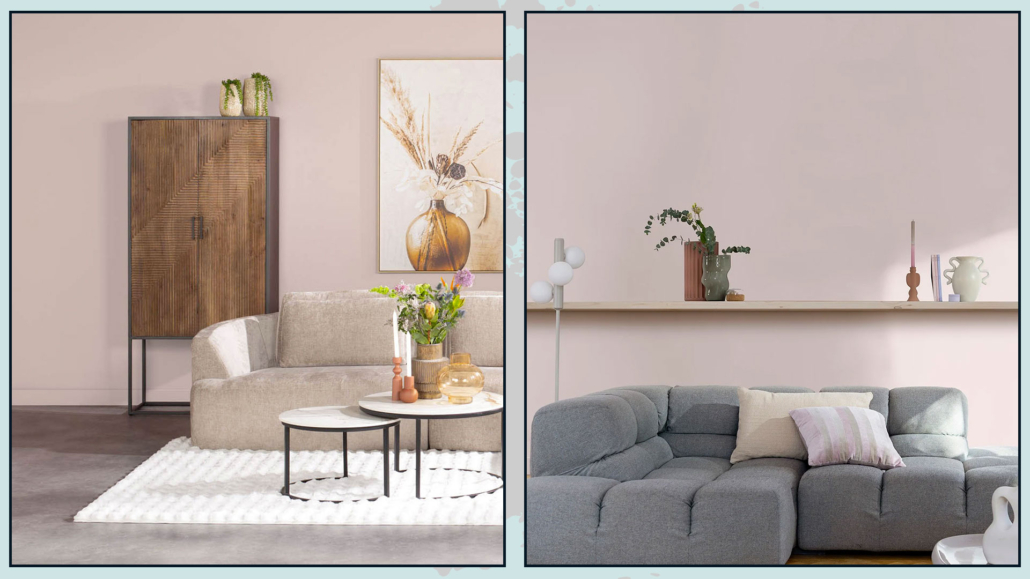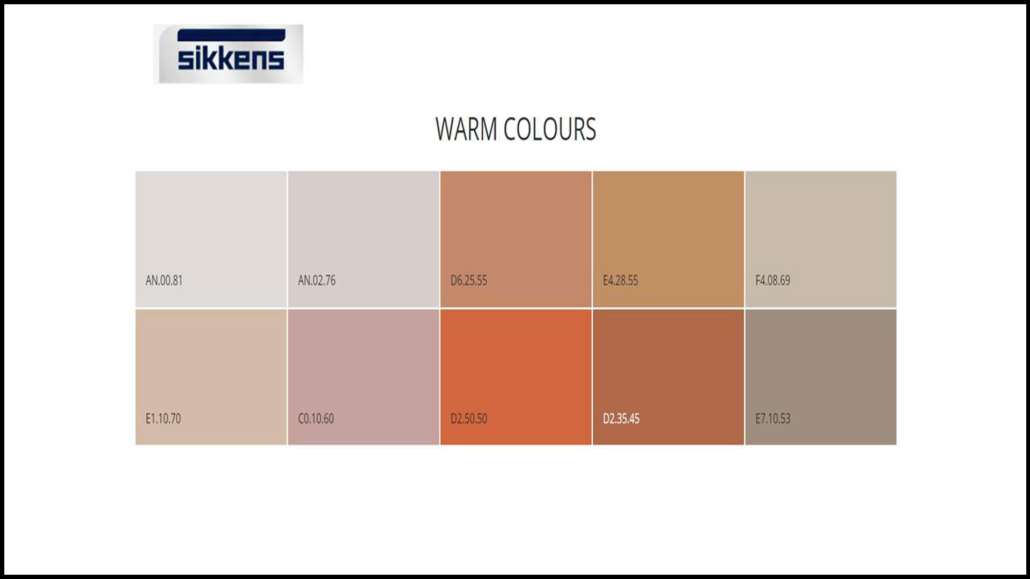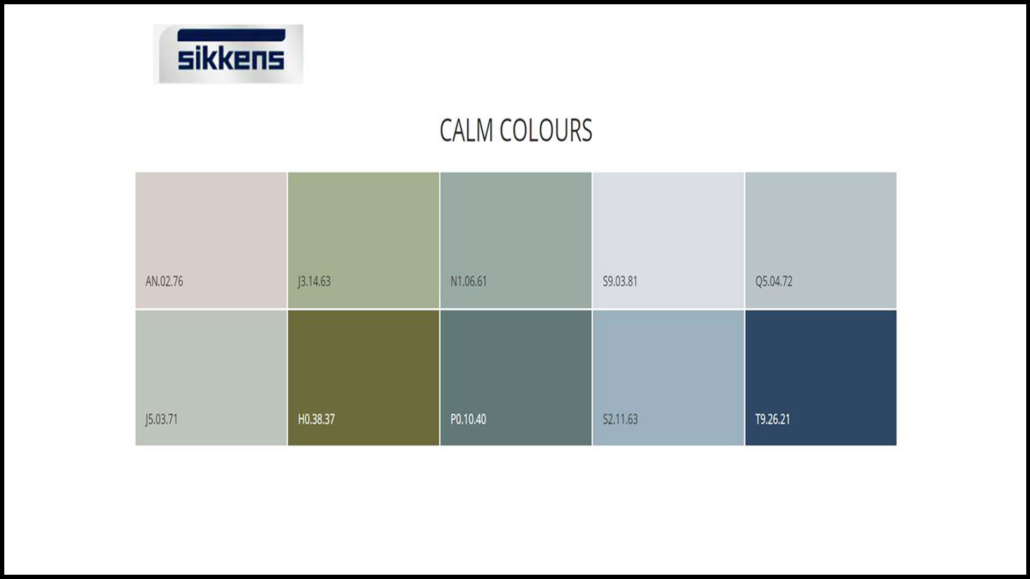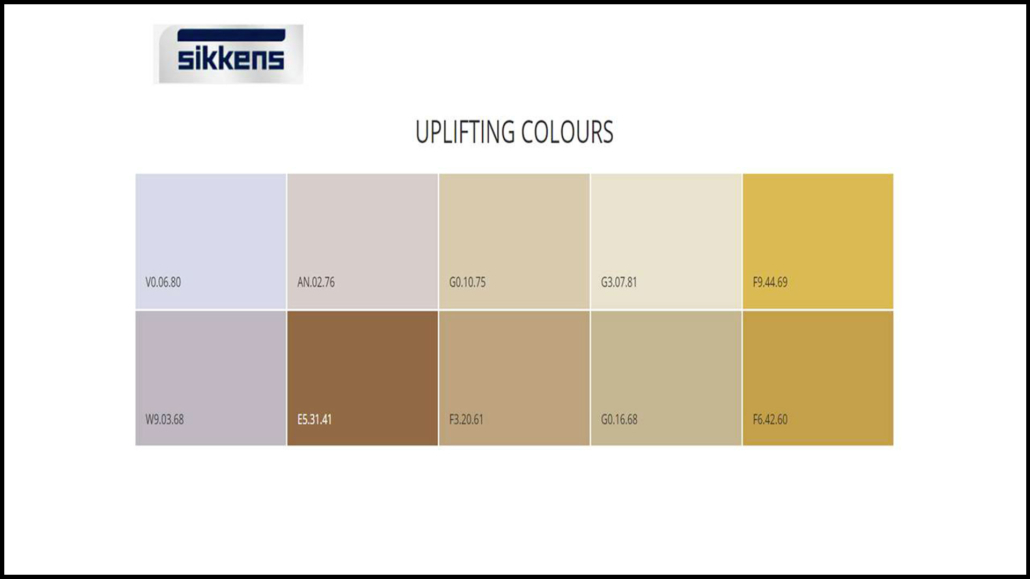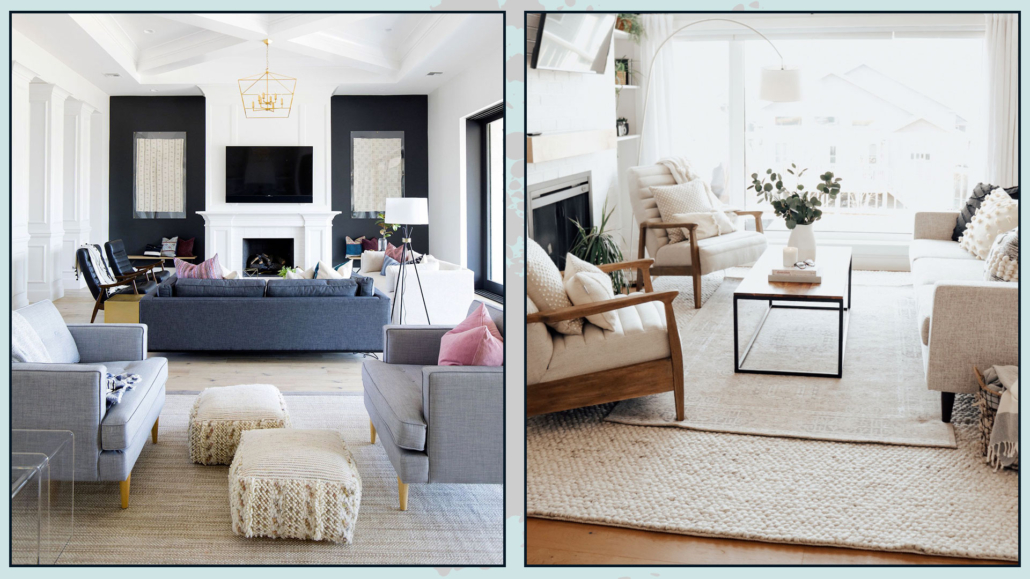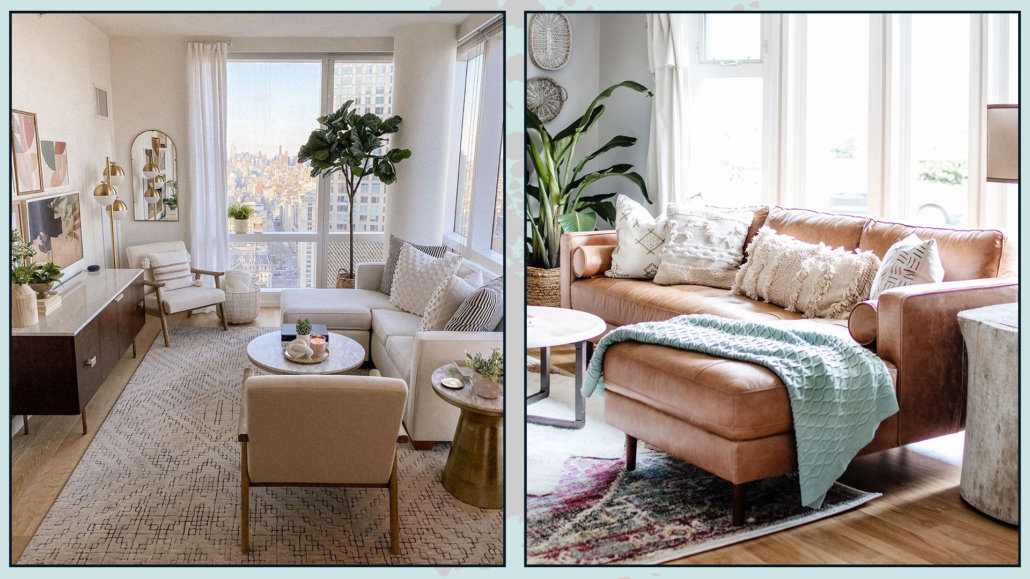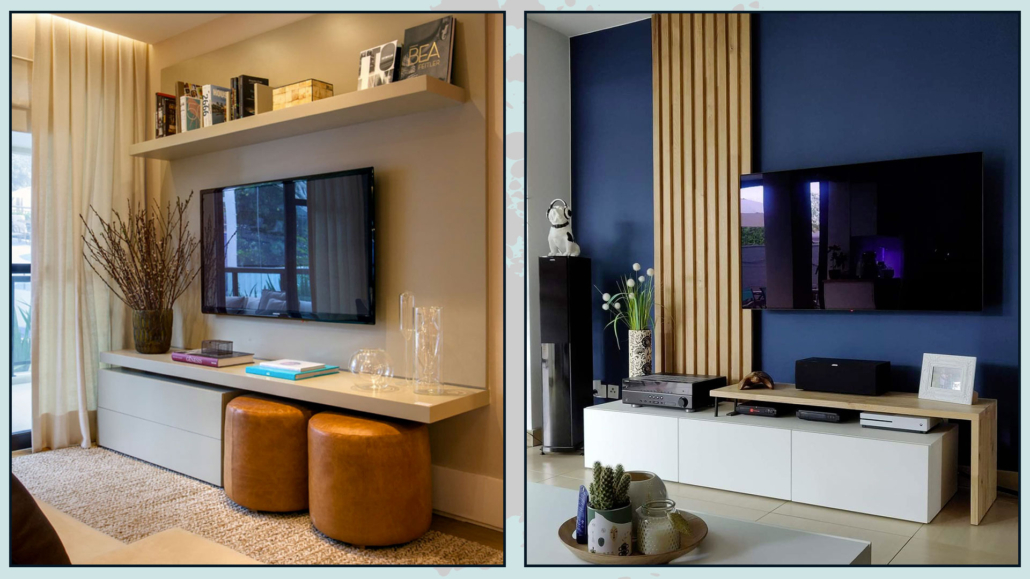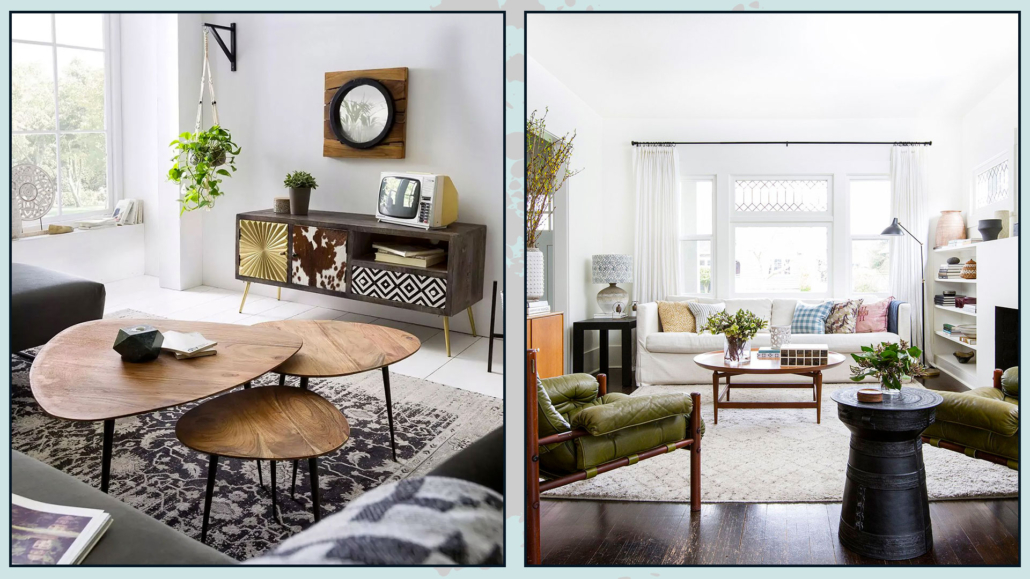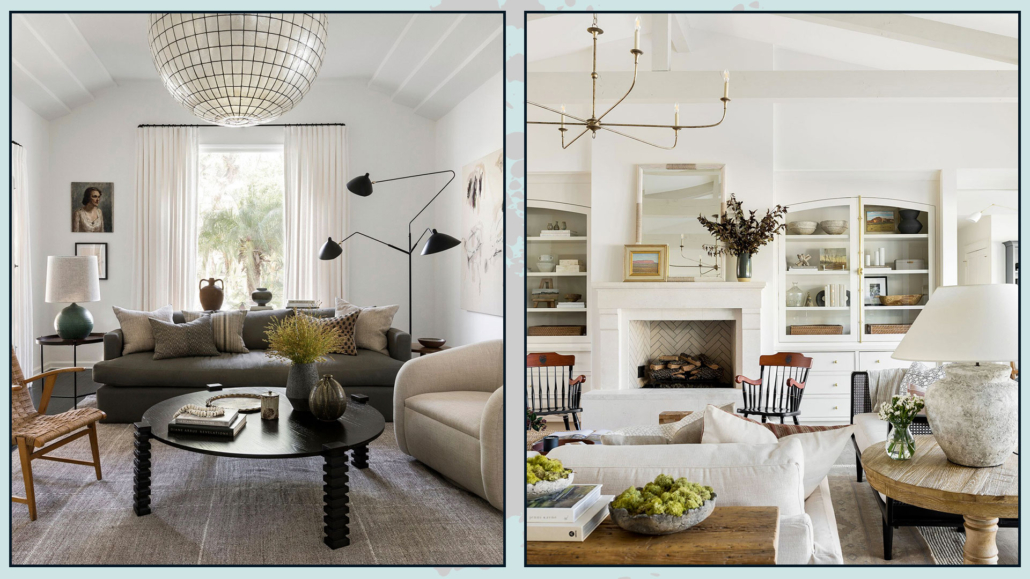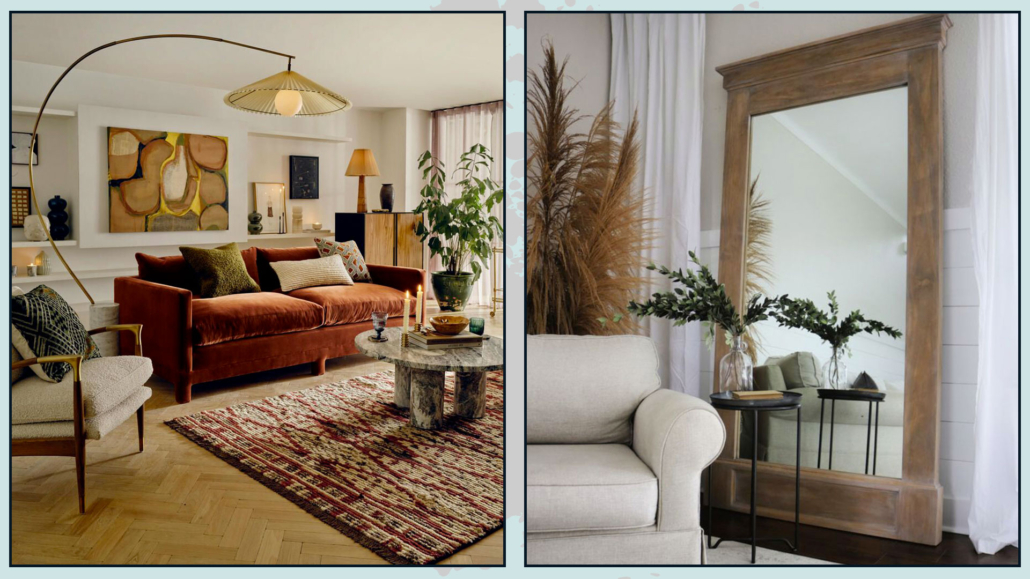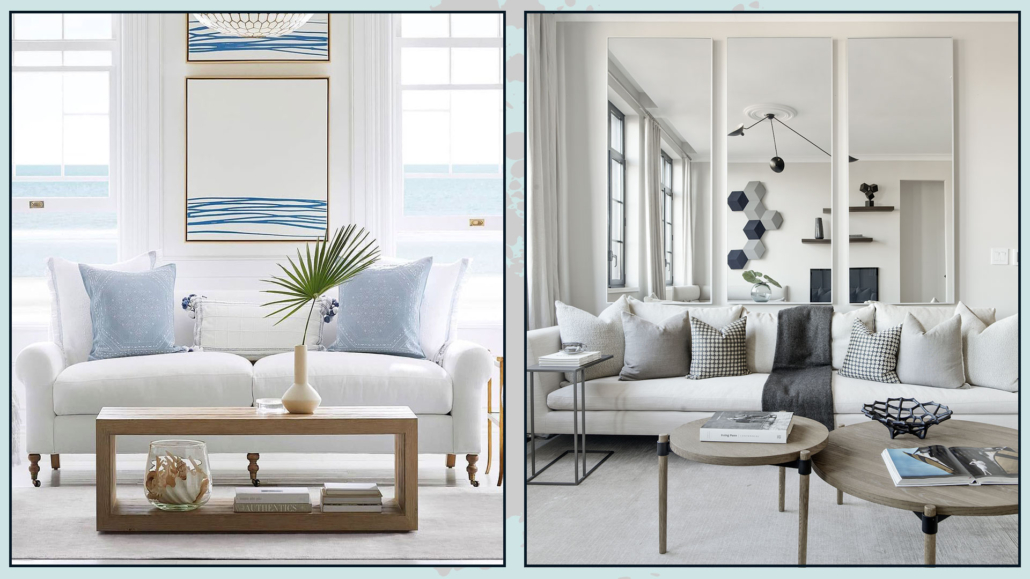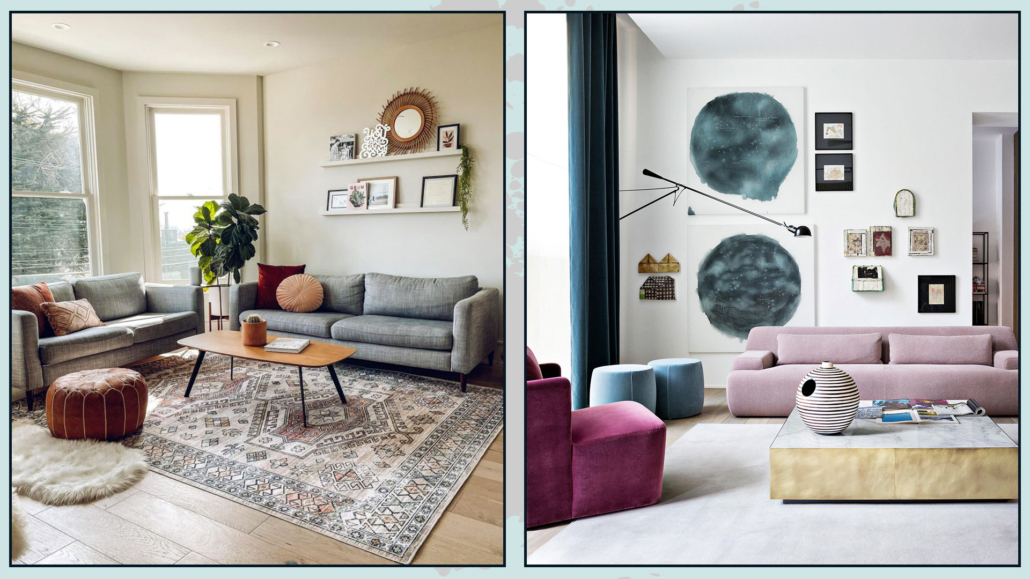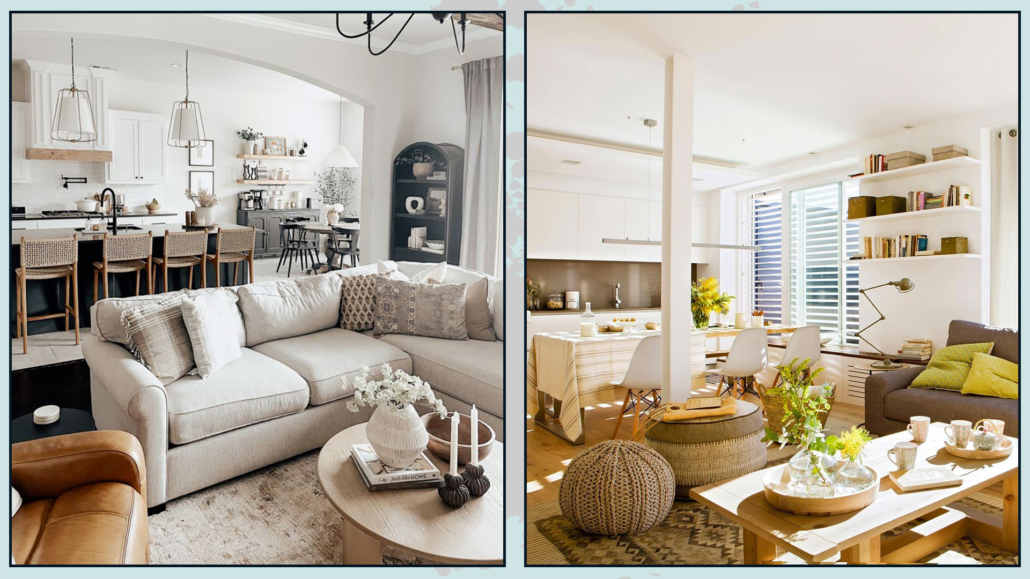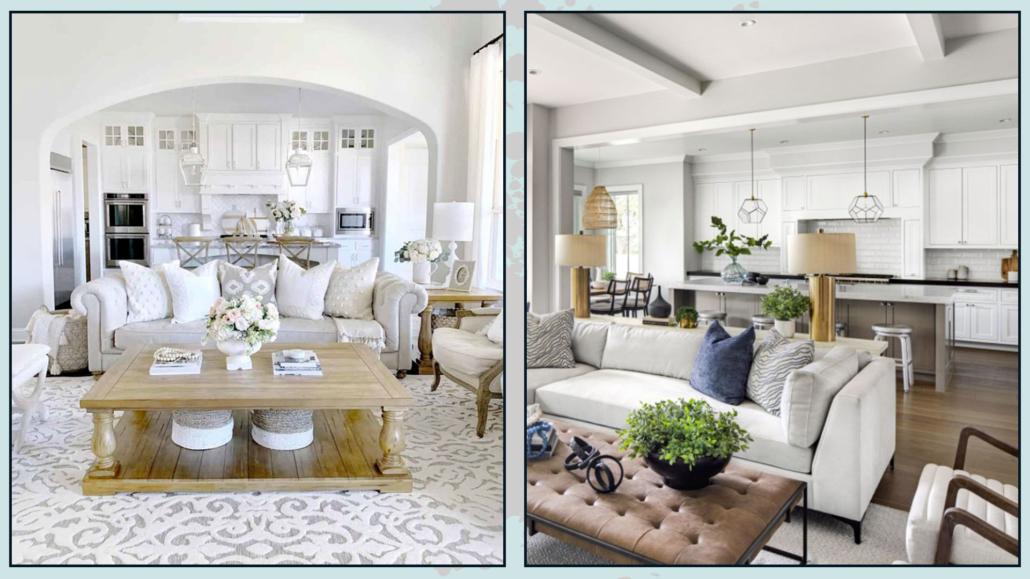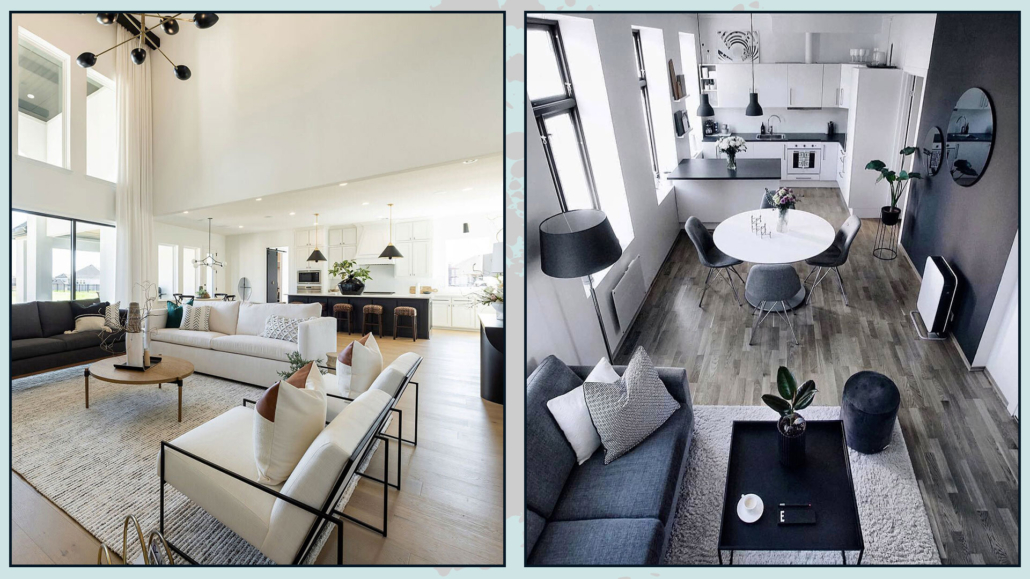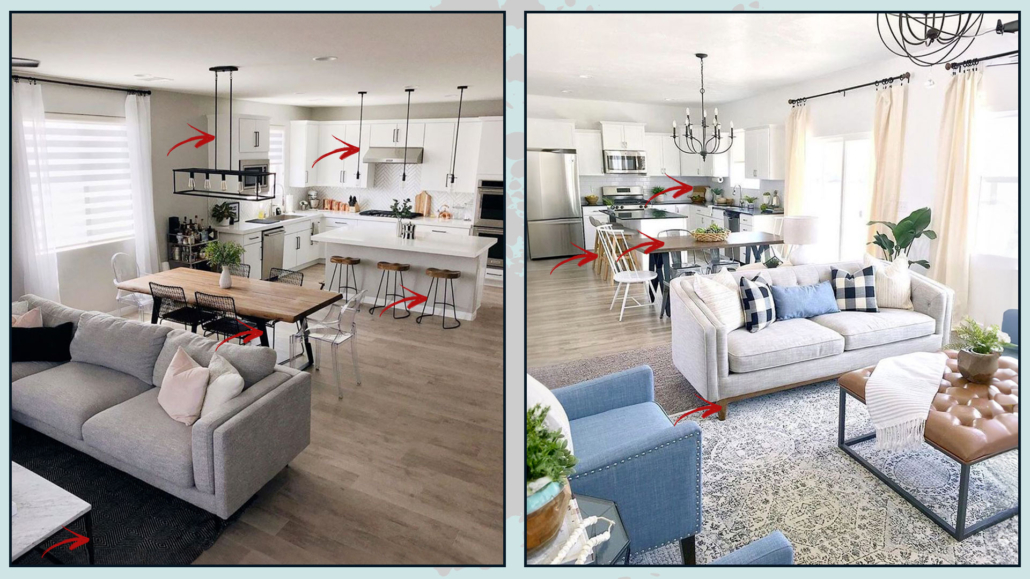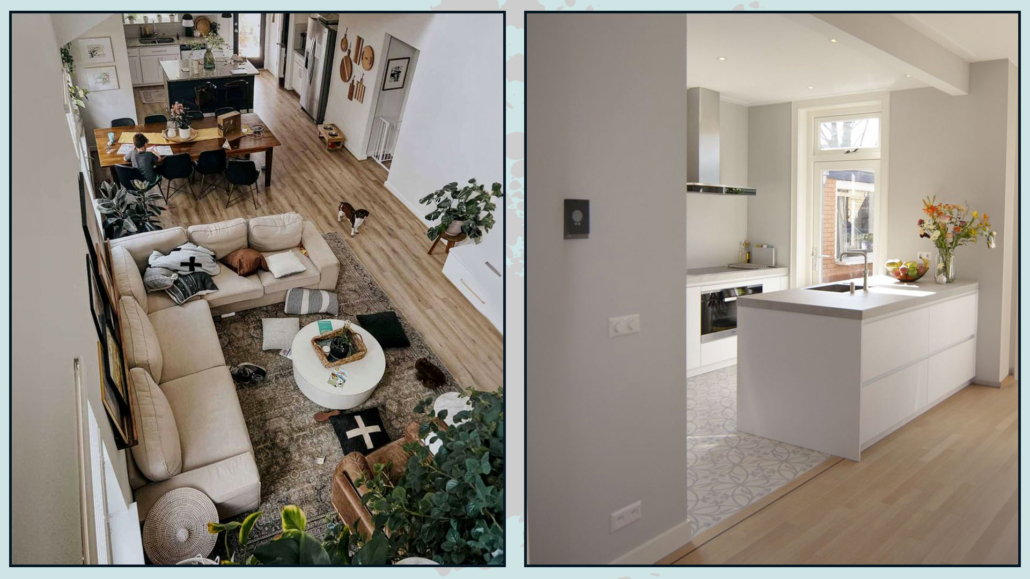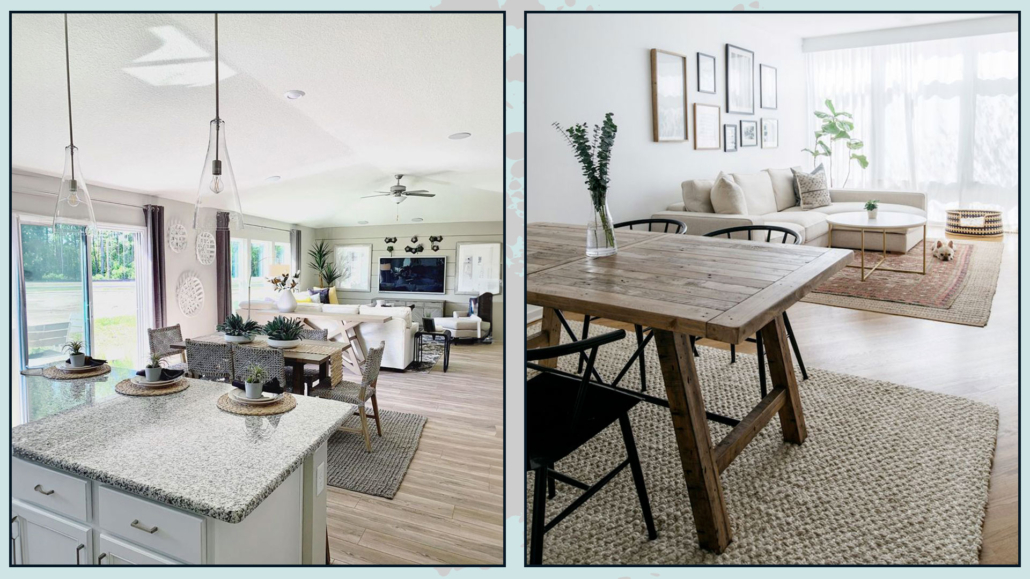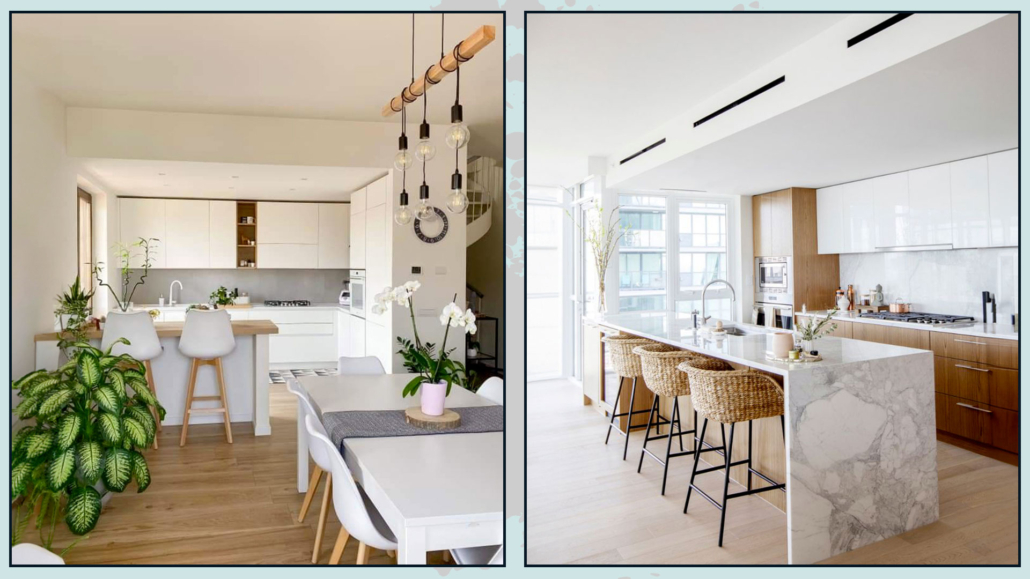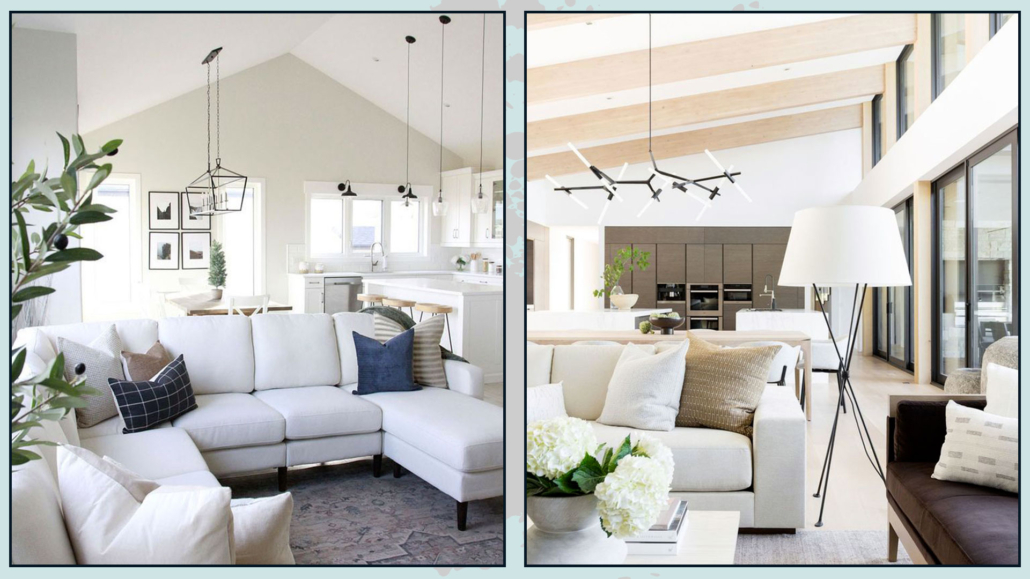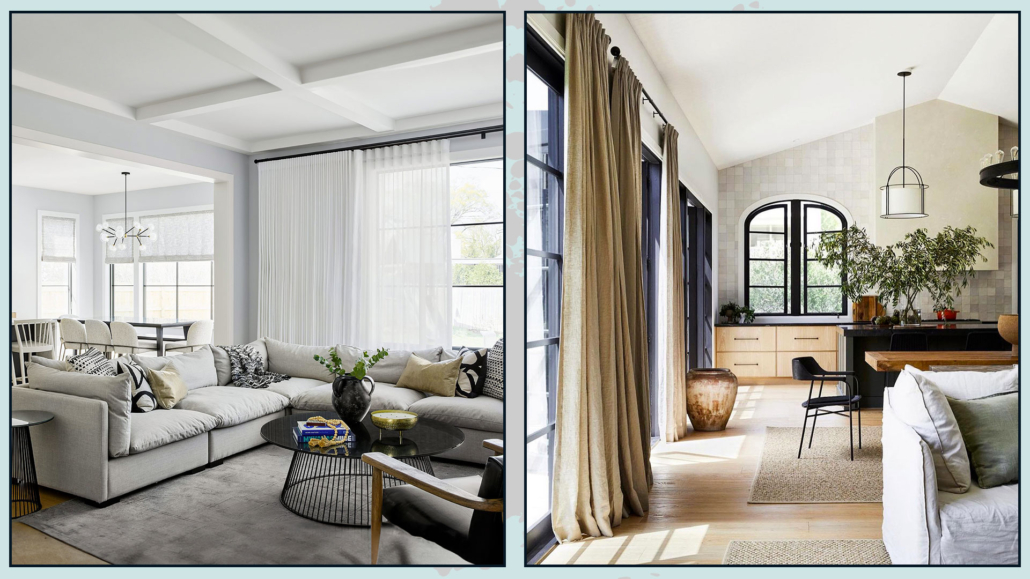In several articles, I’ve emphasized the importance of maintaining a consistently tidy home for an organized, inviting, harmonious, and refined living space.
Avoiding visual clutter is crucial not only for aesthetic appeal but also for higger well-being, both mentally and physically.
A tidy home reduces stress, enhances focus, improves sleep, and even improves self-esteem.
Some small habits and actions can assist us in keeping our homes perpetually neat. Let’s explore them together.
1 – DECLUTTERING:
One of the reasons our homes (yes, I include myself!) are often in disarray is because we have TOO many things, and managing them all becomes overwhelming.
The more items we have, the easier it is for them to accumulate and create chaos, making us less motivated to tidy up: a vicious cycle!
Therefore, it’s essential to eliminate anything that is unnecessary and no longer serves a purpose.
I know it’s not easy, and, let’s admit it, often we don’t even know where to start, and it might take time, leading us to give up!
The trick is to do it in small doses: dedicate 10-15 minutes a day, or even per week if you prefer, and start with one room at a time, tackling drawers, closets, etc.
There might be items with sentimental value: set them aside, maybe create a box for them.
However, they must indeed hold meaning; otherwise, let them go.
Give away or sell the rest if it’s in good condition and usable, or merely throw it!
You’ll see that, as you gradually go through this process, your home will become increasingly tidy, and you might even enjoy it!
Once you finish, maintaining order will become easier.
You’ll also have made space for the new, but be cautious not to fill it up again.
Even when making new purchases, do it consciously: Do I really need it? Will I use it?
If it’s something decorative, ask yourself if it adds value, holds meaning, reflects who you are, or if it might eventually lose its charm.
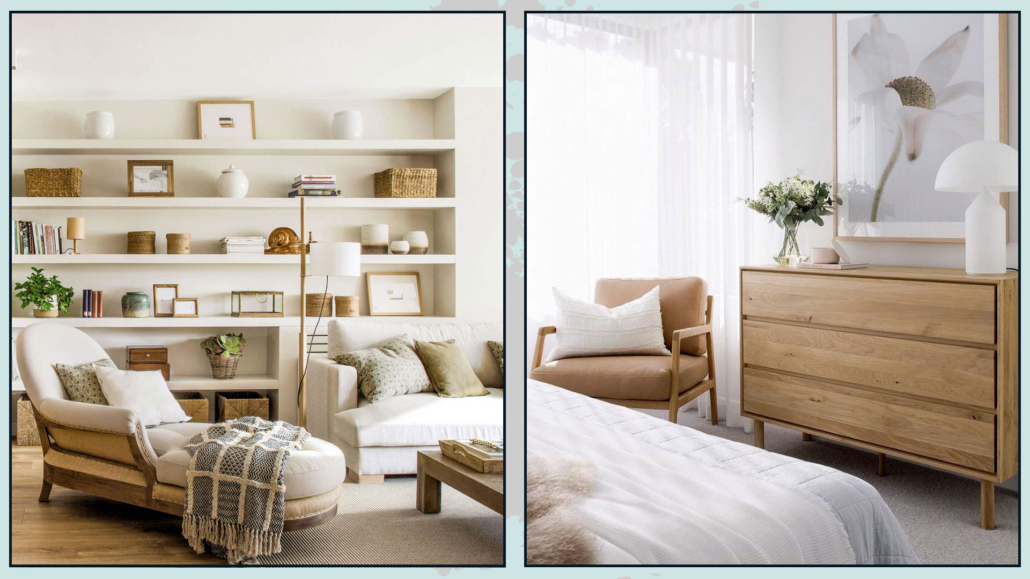
(credits: El mueble; @oh.eight.oh.nine)
2 – ORGANIZATION:
Everything should have its designated place and be conveniently and functionally accessible.
If items don’t have a dedicated space, they end up lying around, creating clutter.
Therefore, it’s crucial that everything has a designated spot for storage.
Be mindful in choosing these spaces; they should make sense and, as mentioned earlier, be convenient and easily accessible.
Otherwise, items will end up scattered once again!
You can find a million ideas on how to organize your home with various types of containers: many of them beautiful, and I’ve suggested some myself.
The thing is, they’re not for everyone.
What works for some may be inconvenient and not very functional for others!
No matter how aesthetically pleasing things are, if they’re not practical, you may tire of using them and revert to the chaos from before.
The trick, as always, lies in thinking not in micro-categories but macro. Let me explain with a practical example:
In the kitchen, for instance, instead of having a jar for each type of pasta in the pantry, you could use a basket or a larger container to organize the bags/packages.
While there will still be a variety of colors from different containers, they will be “confined” in one space, making it neater and easier for you to access them, especially when unpacking groceries.
The same principle applies to bathroom drawers/cabinets.
Group items by categories: soaps, perfumes, cosmetics, razors, etc., and then place them in separate containers.
You’ll immediately notice a difference in terms of order while maintaining practicality.
A small tip: try to find and use containers that are visually consistent in terms of material for a cohesive look.
I’d suggest investing a bit more time, especially for containers holding items like shampoo, conditioner, and body wash, as they are quite visible.
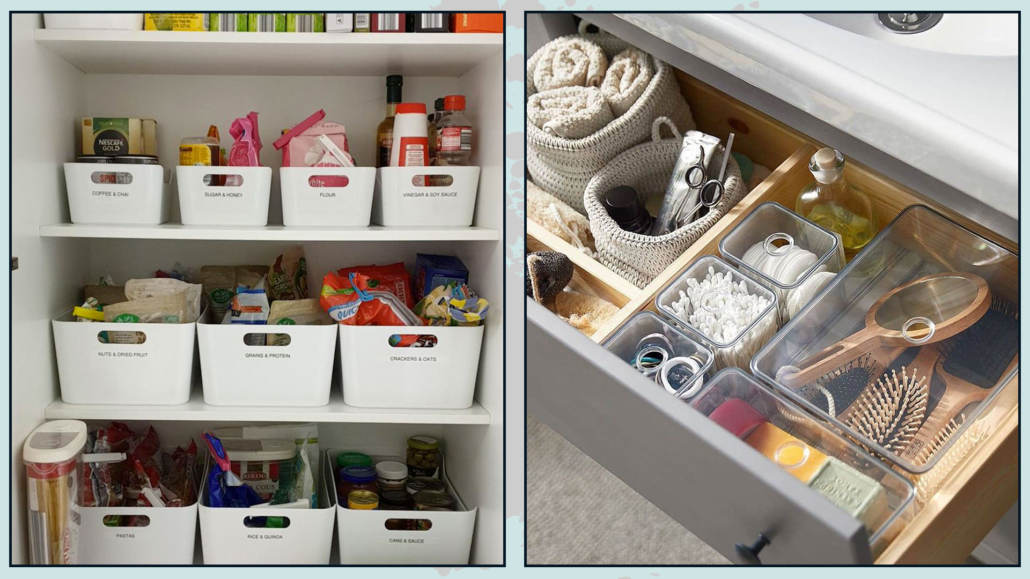
(credits: Ikea)
3 – MAKING THE BED EVERY DAY
It might seem almost trivial, but making the bed every morning is genuinely vital for keeping the home consistently tidy!
Firstly, it serves a hygienic purpose: a well-made bed prevents dust and dirt from settling on the sheets.
Moreover, coming home after a long day of work and seeing your bed neatly arranged and ready to welcome you is actually a psychological boost.
On the other hand, seeing it in disarray may unconsciously bother you, perhaps triggering memories of chaotic or stressful situations you may have experienced during the day.
Invest a few minutes in this habit, remembering to adorn it with pillows and blankets: there doesn’t need to be a lot, just enough to make it immediately inviting and cozy!
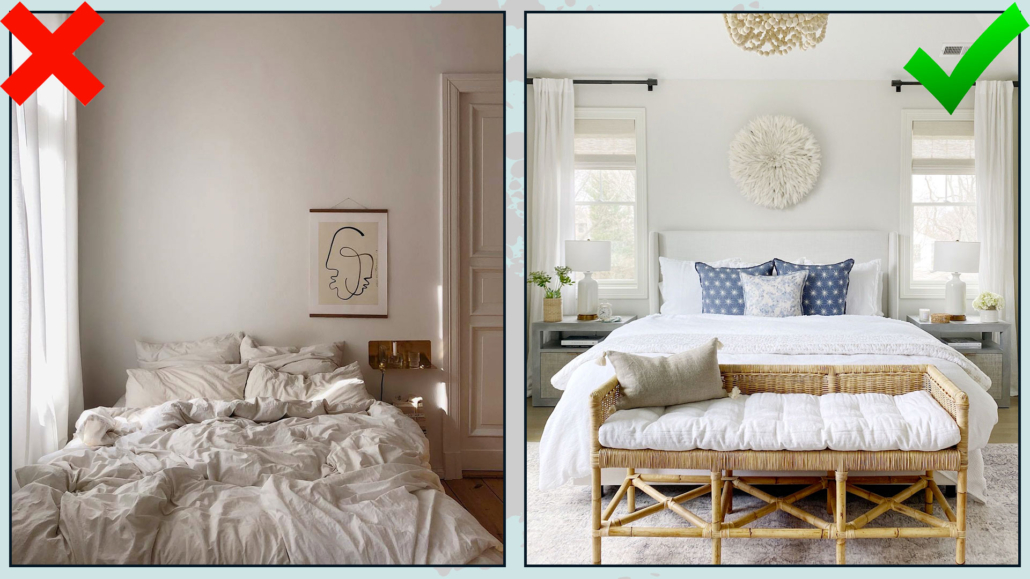
(credits: @franzibower; lifeoncedarlane.com)
4 – ORGANIZE THE KITCHEN AND ALWAYS DO THE DISHES!
This suggestion might seem obvious, but I’ve often seen people leave dishes in the sink to wash them later or load the dishwasher afterward.
That tends to happen, especially during breakfast, when there’s a rush, and in the evening, when one is tired.
However, this has an impact on our minds and well-being because waking up in the morning or returning from the office to a chaotic kitchen is anything but relaxing and enjoyable.
Starting your day by dealing with the mess in the morning is not the best way to begin the day on a serene note!
And when it happens after a long day at work, when you might already be tired, it just adds stress!
Therefore, it’s a good habit to wash dishes immediately or, if you have one, load the dishwasher, leaving the kitchen organized and clean.
Plus, you’ll avoid lingering unpleasant odors!
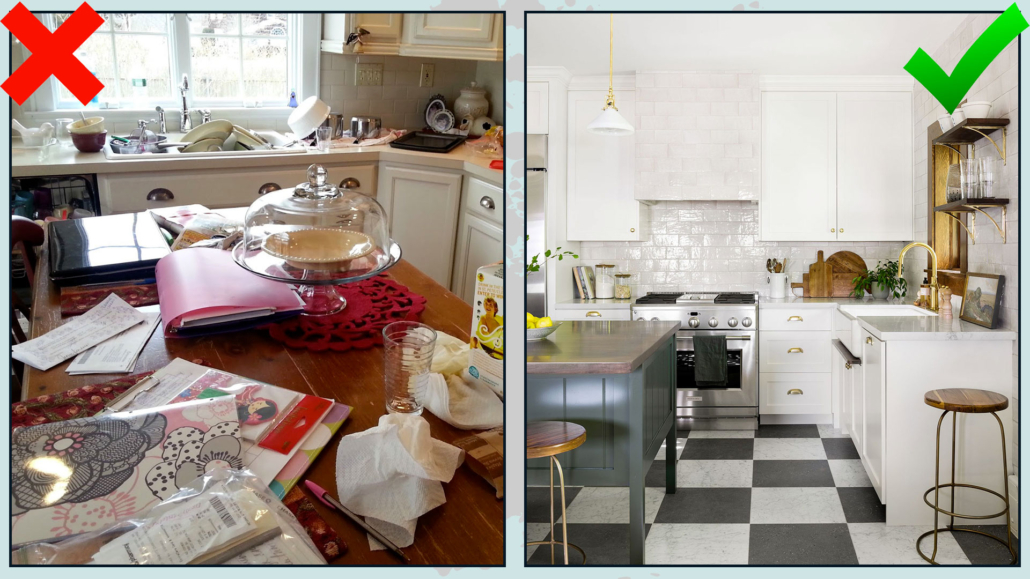
(credits: exquisitelyunremarkable.com; studio-mcgee.com)
5 – TIDY UP THE COUCH WHEN YOU GET UP
This point is similar to the previous two, especially the bed one!
Coming home to a tidy couch with plump cushions and neatly arranged blankets (even those that may seem casually thrown have a specific arrangement) has a positive and calming impact on us.
Similar to the bed, the couch becomes inviting and welcoming.
It doesn’t take much time, even less than making the bed, but this small habit will always leave the living room organized, pleasant, and relaxing!
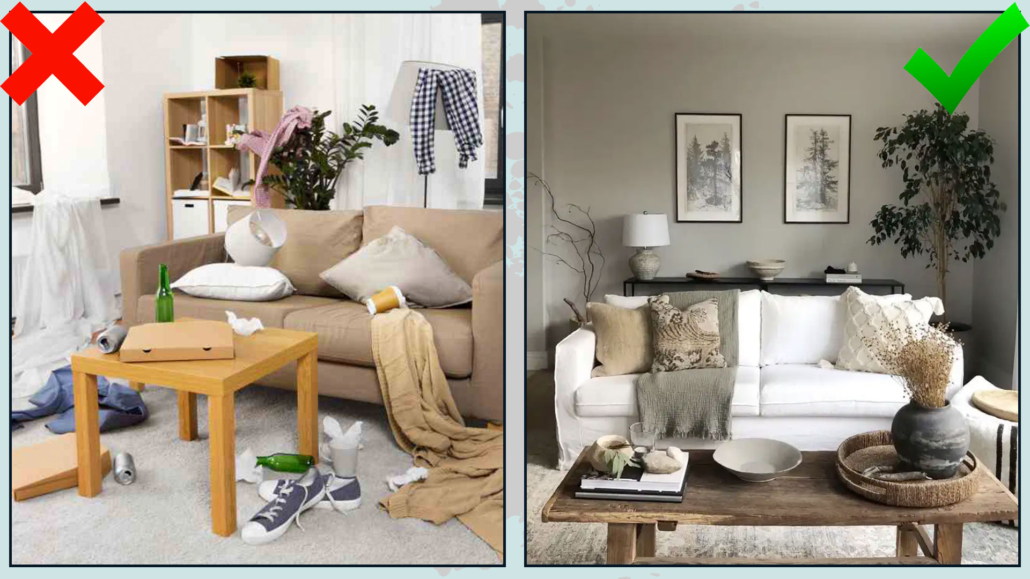
(credits: Alamy;theloomia.com)
6 – PAY ATTENTION TO TOWELS!
That is an often overlooked detail, but it’s paramount to be mindful of towels for two reasons.
Firstly, it is a good idea to change them regularly; it may seem trivial, but seeing crumpled dirty towels in the bathroom or kitchen is less than ideal.
Moreover, they inevitably develop odors that permeate the room.
The other thing to be cautious about is the color!
It’s a good idea, both for the kitchen and bathroom, to choose towels that align with the home color palette.
As always, this creates visual harmony, which is beneficial not only for the eyes but also for the mind.
Harmony has the power to calm and soothe, promoting relaxation!
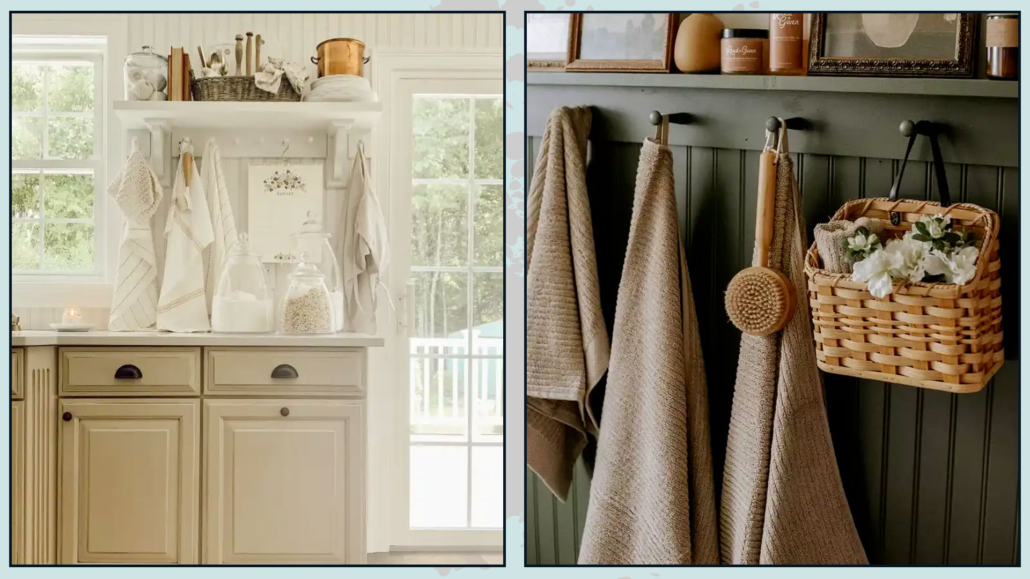
(credits: eleanorrosehome.com; Jessica Windle)
7 – REMOVE YOUR SHOES AT THE ENTRANCE
It’s not always easy to have a shoe rack at the entrance, especially if it gives in a not-so-large open space.
Shoe racks are often placed in bedrooms or, ideally, in storage closets.
However, removing your shoes at the entrance, even if the shoe rack isn’t nearby, is paramount.
That is because, as you can imagine, we step on all sorts of things outside the house, and if we walk with our shoes inside, we inevitably bring these contaminants indoors!
We make an effort to keep everything in order, and then we risk having a dirty floor.
That is another factor that creates visual disorder and unconscious discomfort.
Leave a pair of well-kept slippers near the door, take off your shoes as soon as you enter, and put them away in the shoe rack.
Do the reverse when you need to leave.
It’s a small habit that you’ll quickly adapt to, and it will effectively help you maintain a consistently tidy home!
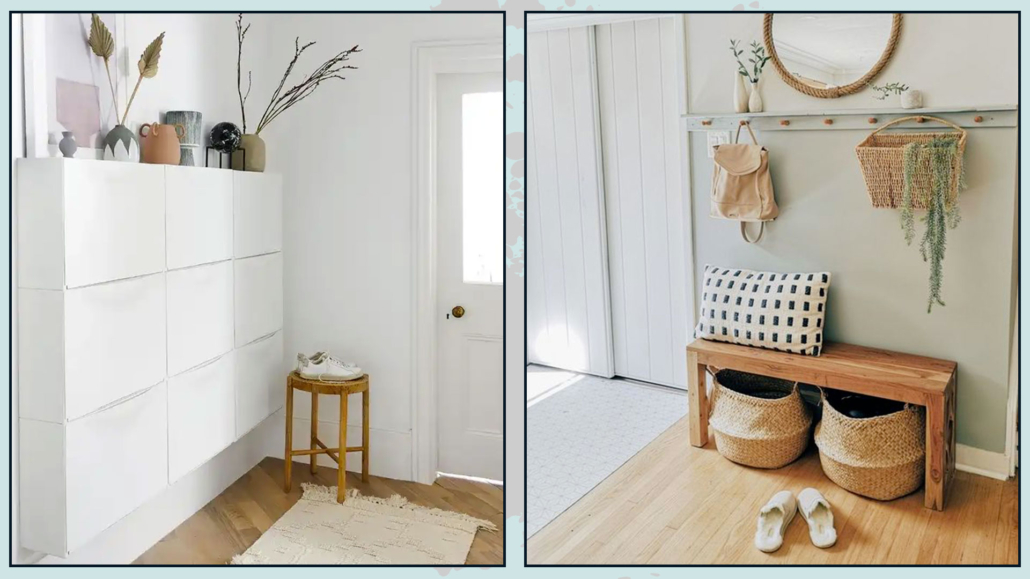
(credits: Future PLC; decoactual.com)
I hope this article has been helpful and enjoyable for you. If so, let me know in the comments!
Feel free to share it with anyone you think might be interested, I would be honored, and it will help me gain more exposure.
If you feel that your home, or any specific area of it, doesn’t reflect your personality enough, don’t wait any longer and book your consultancy!

